I recently returned from my first true ‘Western’ hunt. A couple years ago, my good friend Wade invited me to join his group to apply for preference points for Elk in Colorado. For our first trip we wanted to try a rifle hunt, so we applied for Colorado’s 5-day first rifle season.
After applying for a preference point the first year, we were fortunate and drew our elk tags the second year as a group. The four of us booked an outfitted camp in the Flattop Mountains of Northwest Colorado with Adams Lodge Outfitters. The service included horse transport to a stocked wall tent with cots, a wood stove and kitchen on a beautiful lakeside setting in the mountains. Aside from the provided accommodations and transport, this was a DIY hunt.
Unfortunately, we did not get an elk on the trip.
Although we had a great experience and learned a lot, we faced some difficult hunting conditions while hunting some very heavily pressured public land with very weary elk. I will certainly be going into the next one armed with some great knowledge and will be more prepared.
Here is a quick recap of our trip, and some lessons learned on our first elk hunt:
Packing In
The Flattop Mountains in northwest Colorado are situated at approximately 10,000’ elevation. When we left the trailhead, we were somewhere around 8,000’ and by the time we arrived at camp we were at 9,800. Over the course of the week, we covered many miles scouting the surrounding country and looking for elk, at times climbing to around 11,000’.
First Impressions and Tough Conditions
After months of studying aerial imagery and topo maps of our hunt area, I was surprised with how much different things looked than I was expecting when we actually hit the ground. With OnX maps, I identified several vantage points which I thought would make good spots to sit and glass. Unfortunately, the trees were much taller and thicker than I was anticipating. Although there were nice groves of Aspen scattered throughout the landscape, most of them were at lower elevations on our way to camp. Finding country to glass proved to be difficult.
Inside the green stands of spruce were often littered with deadfalls, making walking difficult. There were a lot of old horse trails, foot trails and game trails however, making travel a lot easier.
To hunt more effectively, the four of us split into pairs and hunted in different directions, reporting back to each other on our findings. I paired up with Cody, and Wade with Brad. Both pairs reported finding a ton of elk sign everywhere we looked, which gave us confidence there were at least some elk around.
For the first few days, we experienced hot sun and calm, pleasant conditions. The beautiful and unseasonably warm weather was comfortable, but not ideal for elk movement. The clear night sky was illuminated by a bright full moon, which meant a lot of elk movement was probably happening night and outside of legal shooting hours. We knew finding active elk was going to be tough, so we concentrated on trying to be near feeding areas either early in the morning or late in the evening to catch the elk when they were most active. After realizing glassing opportunities were limited, our tactics were geared toward ‘Ambush’ situations.
Just before dark on several occasions, we had animals walking through the brush near us and never saw them.
Wade and Brad hunted a large open field a little closer to camp on the first day, and they spotted a group of about a dozen cows high on the hillside below the cliffs at the back of the bowl we were hunting. On day two, we spotted what was likely the same group of about 10 cows and a small spike bull in the same area.
Water was Scarce
Cody and I headed for a high ridge above our camp on the opening day of the season, and were surprised to find just how dry those mountains were. Assuming we would encounter a stream to refill our water bottles with, we didn’t pack much water when leaving camp that first morning. With the dry climate, we drank most of what we had by midday. Each ‘stream’ we expected to find water in was bone-dry; probably just an intermittent stream during spring runoff or during heavy rain. From that point forward, we knew we had to pack a lot more water each day.
We also found that much of the elk sign was concentrated near either a water source, or around the lush green vegetation growing in soil that held a bit more moisture in the shade. It became clear that elk preferred areas where they could have close access to water.
Spike Camp
Cody and I decided to put the odds in our favor and spend a night out of a spike camp. Waking up where we could glass and watch an open feeding area at first light would maximize our chances at finding a feeding bull at first light, or so we thought. We concentrated on the area near where we saw the cows and young bull the day before.
That night in the tent, we heard a cow call close to where we were camped. Although we made sure to be on the glassing hill before first light, we didn’t see a single elk that day. We remained on the glassing hill the entire day before heading back to basecamp in the dark without ever seeing an elk. After rethinking our strategy, we decided to focus on hunting an area with more water nearby the following day.
The Elk Smell
I learned that the odor elk leave behind is a dead giveaway that they have been in the area. On the 4th day of our hunt, Cody and I decided to check an area near a small pond to the south and east of our base camp. As we started to descend the hillside toward the pond, I caught the very distinct horse smell that elk are known for. Sure enough, we found a few beds and plenty of sign to confirm what our noses were sensing.
That evening we decided to sit watch the pond. It seemed like too simple of a strategy to be effective, but with the overall lack of water in the area we knew the elk would have to hit the watering holes at some point. Even though we expected the elk to be too heavily pressured to be willing to come into the pond during daylight, we decided to give it a try anyway. We settled in on a small hill overlooking the pond.
At about 5:20 PM, with over an hour before the end of legal shooting hours, we were suddenly surprised by a large animal that busted us and trotted away. We never saw it, as it remained out of view to our right. We both looked at each other in disbelief as we realized that an elk had been within 30 yards of us without either of us knowing it. We assumed an elk came into the pond for a drink of water, but caught our wind as it walked in. Unfortunately, we made the mistake of sitting above the pond and allowed our scent to drift down to the pond with the evening thermal.
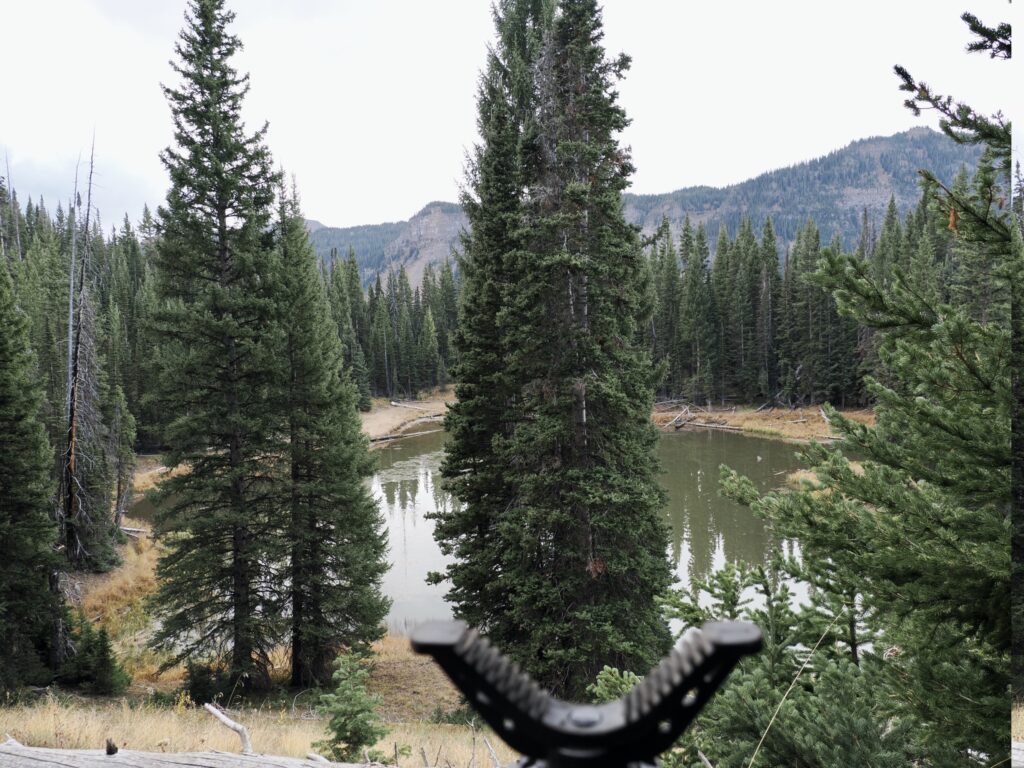
The animal that busted us went back in the direction it came from. As it ran away, we couldn’t help but compare the sound it made to a horse running on the hard dry ground. We stayed put on the glassing hill until after dark, then made our way back toward camp thoroughly disappointed. Considering whatever caught our wind was by itself and sounded huge, we were confident it was a bull. We will never know for sure what it was.
Last Minute Excitement
On the fifth and final day of the rifle season, Cody and I planned to head up to the higher country to the northeast of our basecamp. It was an area we wanted to hunt earlier in the week, but on opening morning we saw two hunters posted on the glassing hill we were hoping to use. The area was about 1 mile from our base camp, but once we saw the other hunters there we turned and went a different direction. On the second day of the season, we heard two shots fired from the vicinity of where those two hunters were.
On Day 3, Wade and Brad ran into a hunter that reported two bulls were killed in that location on that second day and that those hunters were going to be leaving a day early. Knowing there probably wouldn’t be anybody there, we decided to hike up into the high ridges beyond where we saw the two hunters and explore.
From the aerial imagery and topo maps, I could tell there was a series of high ridges with adequate cover to hold elk. As we climbed, it felt like we could run into a bull at any moment. We stopped at a small rocky outcropping where we could glass an adjacent hillside for a moment before continuing. As we stopped and discussed plans with each other, we heard a short locate-bugle from a bull elk. The sound seemed to come from the trees on an opposing ridge about 200-300 yards away.
Our initial thought was that we just heard an elk hunter. There is no way the elk would actually be making sound now, was there? What are the chances we would hear our first bugle the last day of the season? It seemed too good to be true, so we assumed that it was another hunter just trying to throw out a last-minute prayer to get an elk to come in. I mentioned to Cody that I felt there was maybe a 30% chance that was a real elk. He agreed, but we decided that the worst-case scenario was that we would walk up on another hunter and know for sure. We decided to treat it as if it were a bull and started planning to get ourselves closer to the source of the call.
After slowly working up the adjacent ridge, Cody received an inReach update from Wade letting us know they heard three separate bugles that morning. That gave us confidence that we were in fact moving in on a real bull elk. It seemed that there was a change in the weather that morning and maybe that triggered the bulls to throw out a few bugles for us. Whatever the reason, we were now treating our walk as a stalk.
As we climbed higher up the ridge, we caught a very strong elk smell coming from the tree line below us. As we continued, we found several very fresh beds – not so fresh that we just scared elk off of them, but they were probably occupied by elk a day or two prior. We knew we stumbled on a great bedding area. We moved extremely carefully as we worked down the ridge top, and attempted to stay downwind of the area we heard the bugle. At a certain point, the wind wouldn’t stop swirling and made it impossible to predict which way the wind was blowing our scent. That’s when I realized why a bull would be there: everything was in the elk’s favor and we would have to get lucky to get an opportunity.
We moved closer to where we heard the lone bugle, and slowly crept along a large, narrow clearing that gave us a small vantage point of the adjacent hillside and the edge of the ridge. It wasn’t a huge opening, but large enough that the two of us decided to split up to view the entire thing from different vantage points. Cody went slightly downhill and covered the lower end of the opening, while I stayed a bit higher where I could both watch the hillside across and see back into the tree line.
From 11:00 AM to about 5:20 we sat in silence. We caught several strong whiffs of elk scent, so we were confident we were at least near where elk were at some point. We watched the weather change rapidly as a front pushed through over the mountains, bringing with it lots of swirling wind and some short bursts of rain. At around 5:20, I heard a very low, elongated grunt sound from the woods behind me. I thought it almost sounded like a moose, but more drawn out than a typical moose grunt. As a new elk hunter, it’s not a sound I had ever heard of an elk making, but it seemed like it was very possible it was an elk.
From 5:20 on, I sat staring into the woods, unsure of if a bear was about to step out of the brush, or a giant 6×6 bull elk. Should I take a walk closer or just wait? So many scenarios ran through my mind, but I chose to stay put, hoping the evening would put some animals on their feet and one of us would see whatever made that sound. At 6:40, with exactly 20 minutes to go in the season, the woods behind me came alive.
I first heard a bugle followed by a handful of grunts, lip bawls and cow calls from an area down the ridge from me. At first, I thought it was Cody making those sounds. The calling sounded like it was coming from exactly where he sat from my perspective. I remembered he didn’t have a bugle call, so it had to be an elk. Maybe he was surrounded by elk and getting ready to shoot? I waited to hear a shot. He was only 40 or 50 yards away from me.
Shortly after the set of bugles, another bull returned the bugle and the two bulls went back-and-forth for several minutes. I knew there were at least two bulls very, very close to us. This second bull was directly behind me in the woods, even closer than the first bull.
As the minutes ticked away, I saw the opportunity start to slip away, but knew from the sounds we had to be within 60 yards of the elk. Due to the thick brush, I could only see about 25 yards into the woods. The thick canopy caused it to get dark fast inside the tree line, so I waited on the edge where I could still see. By 6:55, with only 5 minutes remaining in the season, it was too dark to shoot within the trees. I could hear two different bulls and what sounded like at least a dozen cows. It felt like I was surrounded by elk! It was exciting, but was too late to make a move.
Cody walked over to meet up with me right at dark. I didn’t realize at the time, but Cody must have been low enough on the hill and he never heard a thing! As soon as he met up with me, he heard the first elk bark from behind him in the trees which took him completely by surprise. I assumed he had been listening to the same sounds as me, but to my surprise that was the first elk he heard since the initial bugle that morning. I explained to him what had been going on, and how we had been setup within likely 60-70 yards of the elk the entire time we sat there.
It was incredibly cool to sit there and listen to those elk. I was surprised Cody couldn’t hear the sounds from where he sat, but I guess that just shows how much the wind and terrain can effect sounds in the mountains. I completely understand now why elk hunters are so passionate about chasing those animals. Things got really exciting really fast, and certainly left us wanting more. We spent the long walk back to camp excited with the encounter, but disappointed we didn’t have just one more day to go back and try again.
Final Thoughts
One of the key takeaways from this trip for me, was that 5 days is an awfully short season. I felt that it took us 3 days just to get a lay of the land and get a feel for what type of habitat and terrain to look for. We spent a lot of our time scouting. It seemed that the hunters that found success had experience hunting the area before, which would have made a world of difference and would have shortened the learning curve significantly.
I was expecting to encounter other hunters, and that didn’t take away much from the experience for me to deal with seeing others. In the future, however, I would prefer to apply for a unit that is a little bit harder to draw with hopes of seeing a few less hunters. I would also lean toward trying to apply for an earlier archery or even muzzleloader season to be able to hunt earlier in the rut. The Flat Top mountains were a great first-elk-hunt training ground and we learned a lot. Hunting heavily pressured animals certainly adds to the difficulty of the hunt and in this case we went home empty handed.
The horse transportation and wall tent worked out great. I found the size of the tent to be a perfect accommodation for four guys with cots. This was the first time I did a hunt that was outfitted in this way, and I was overall impressed with the service provided by Adam’s Lodge. For future trips, I would recommend bringing mouse traps as we ended up infested by the critters by the third night of the trip. A homemade contraption did the trick on this outing, thankfully.
Check out the gallery for more trip photos:

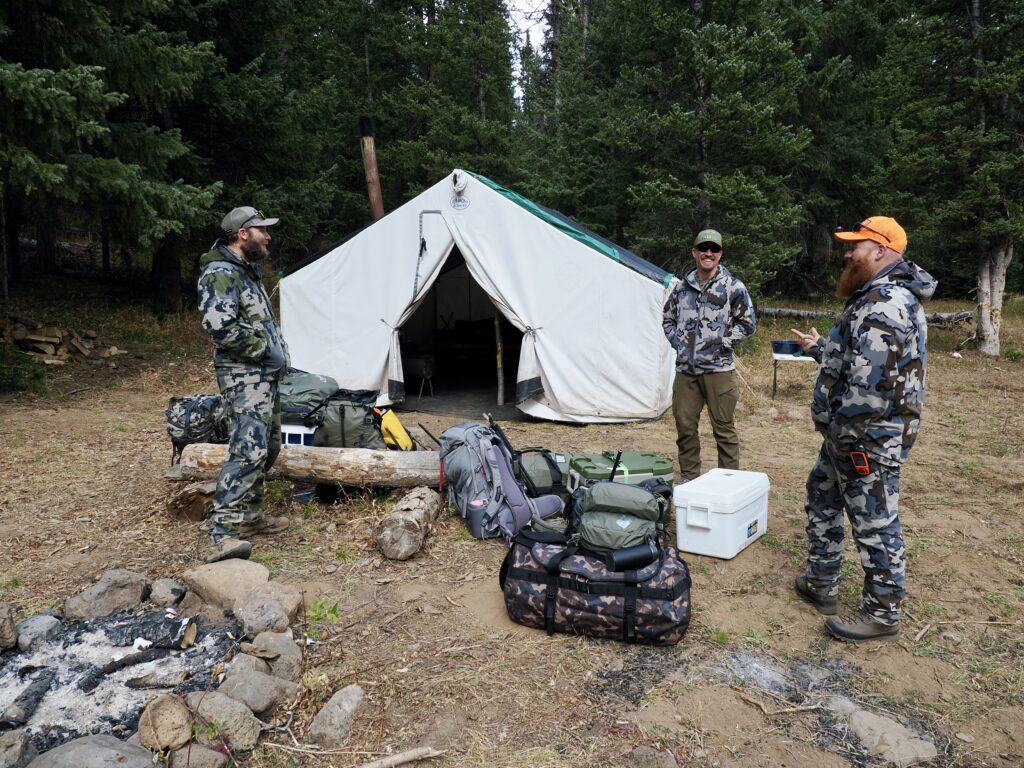
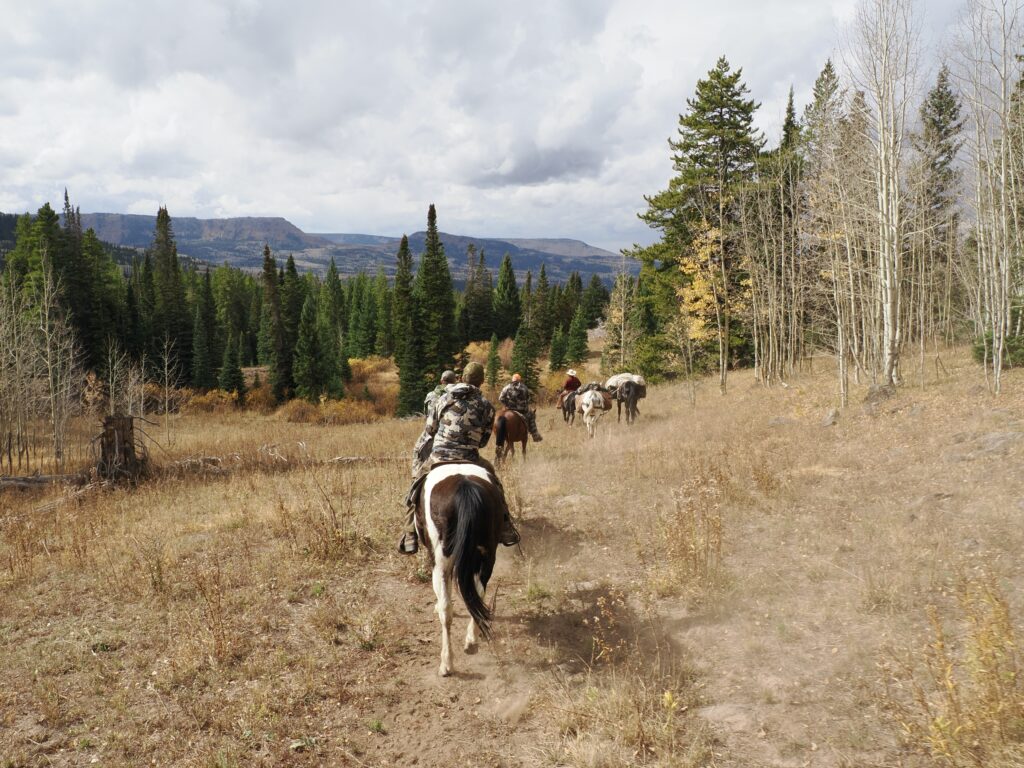

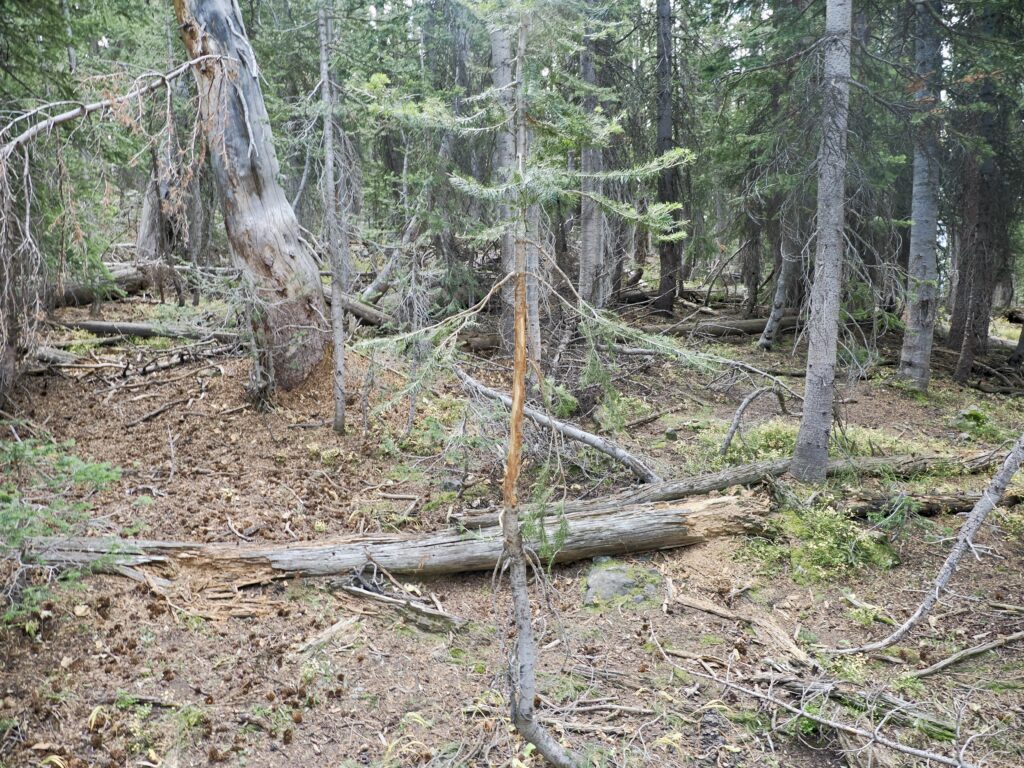
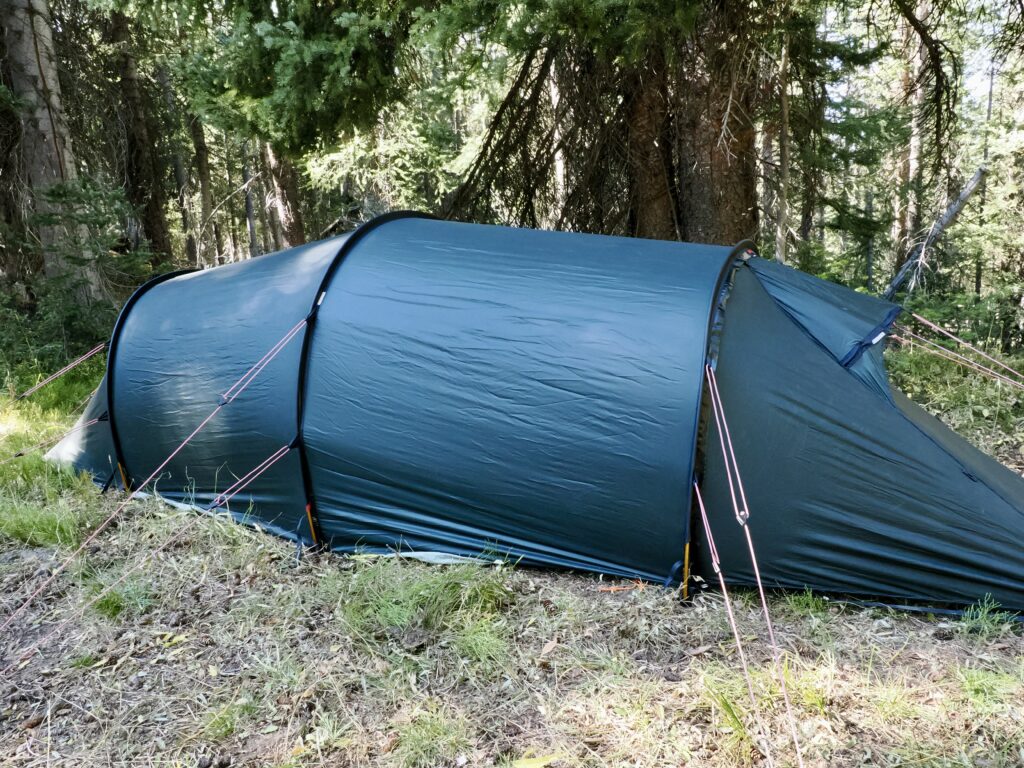
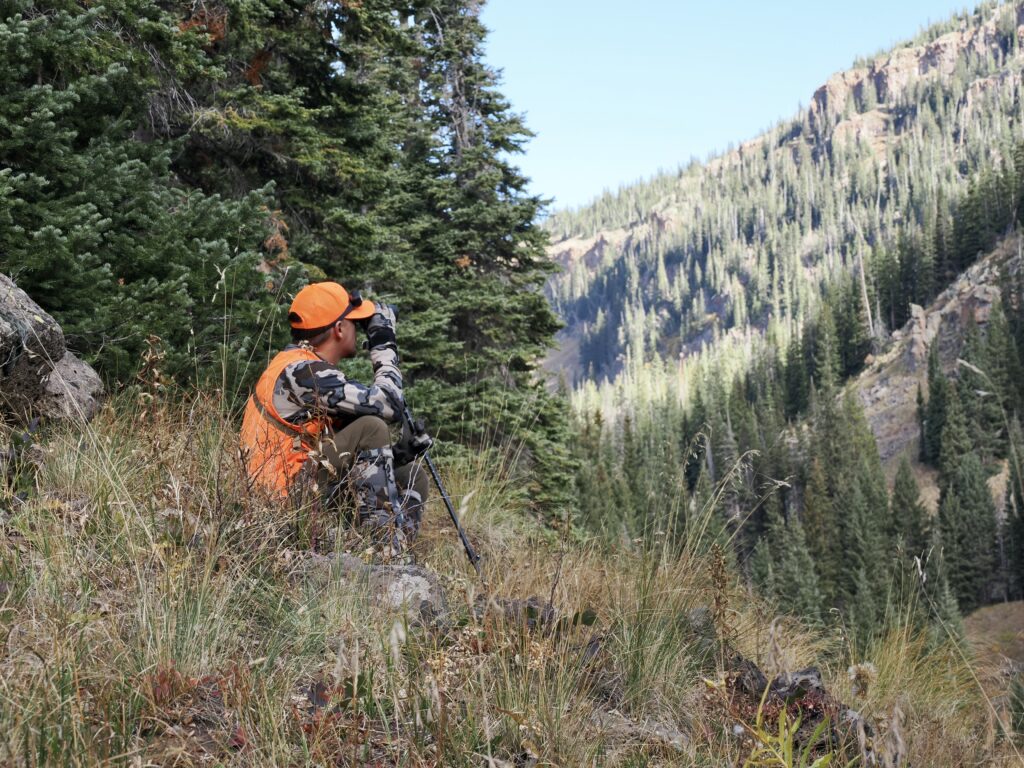


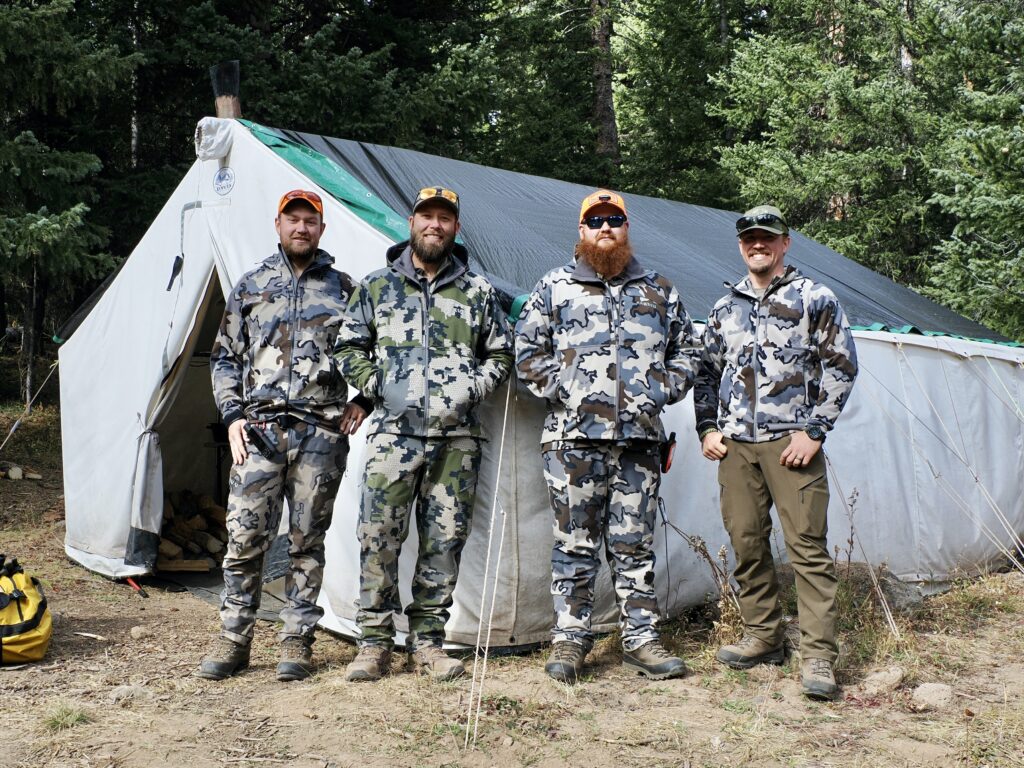

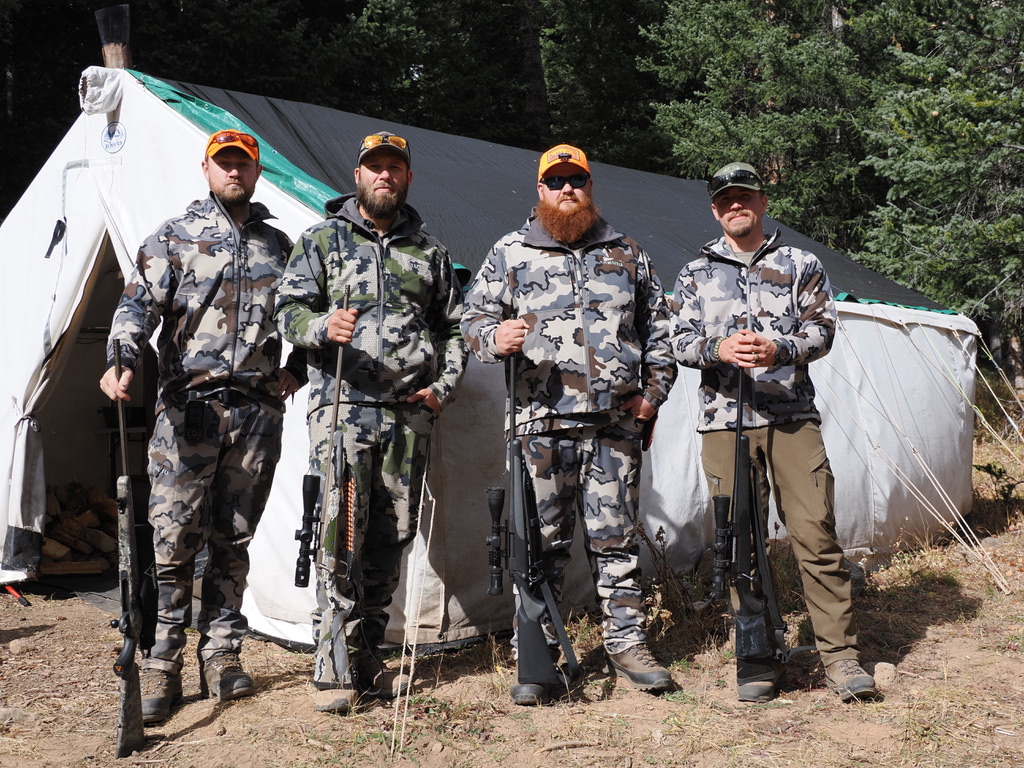
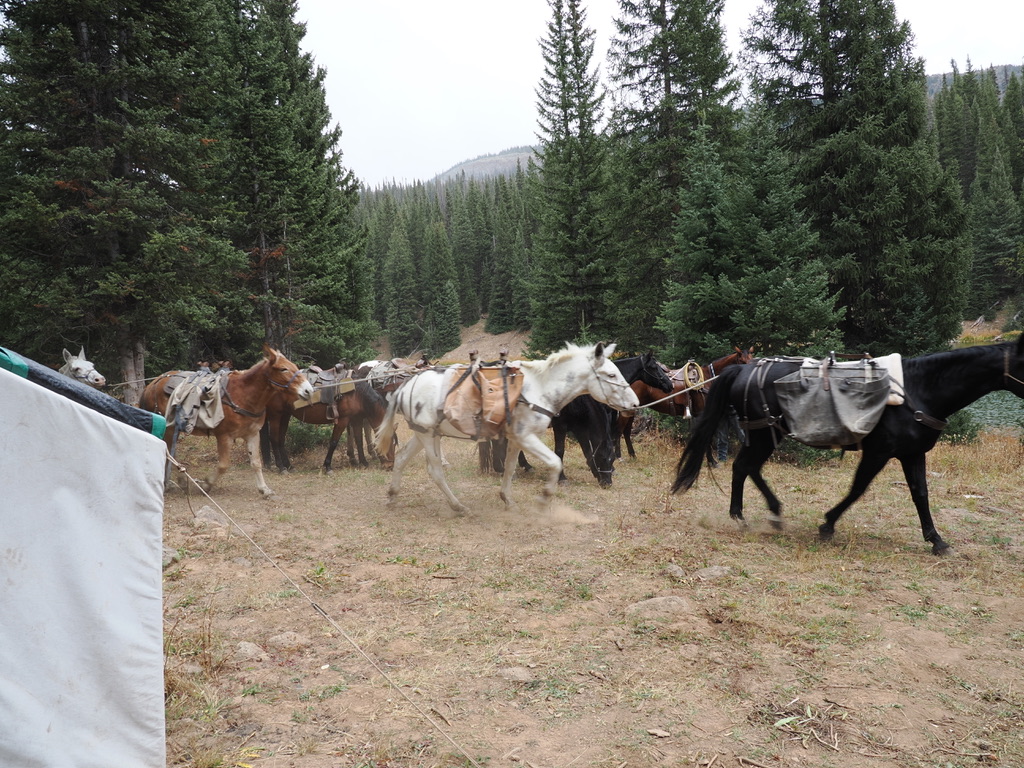
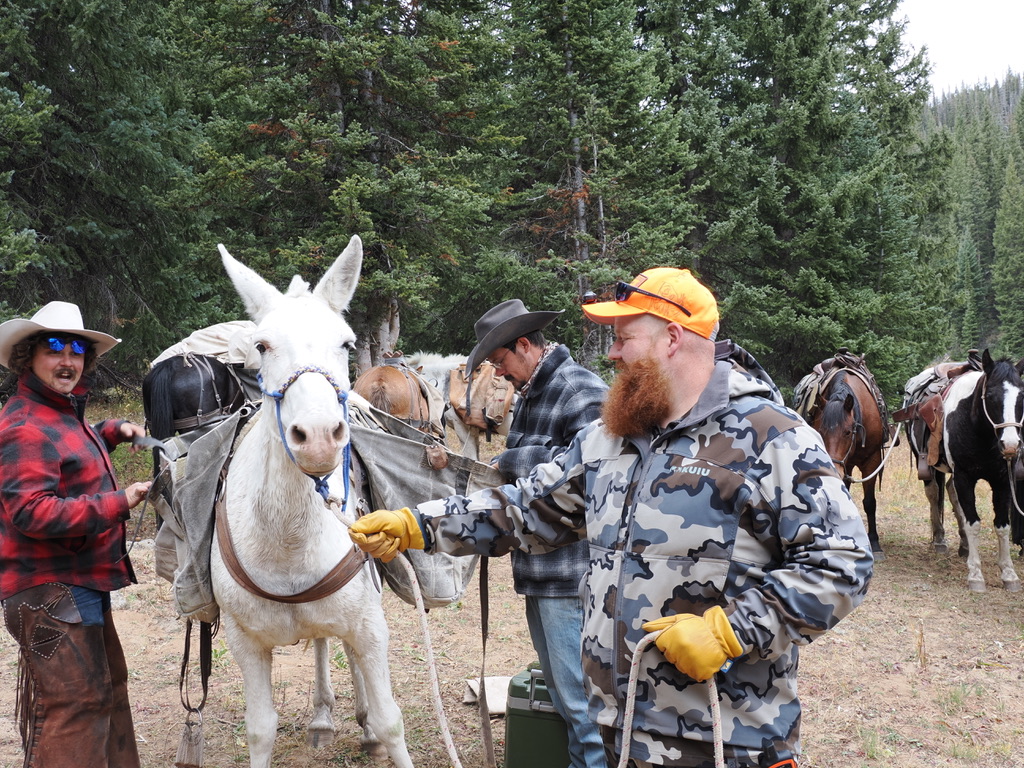
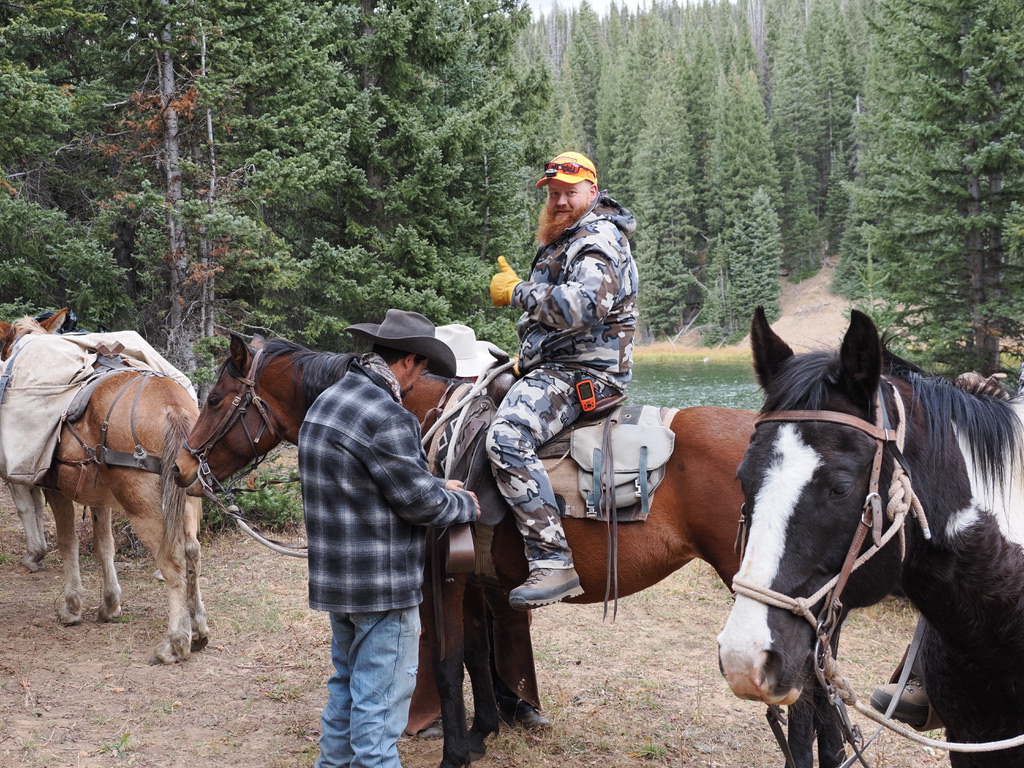

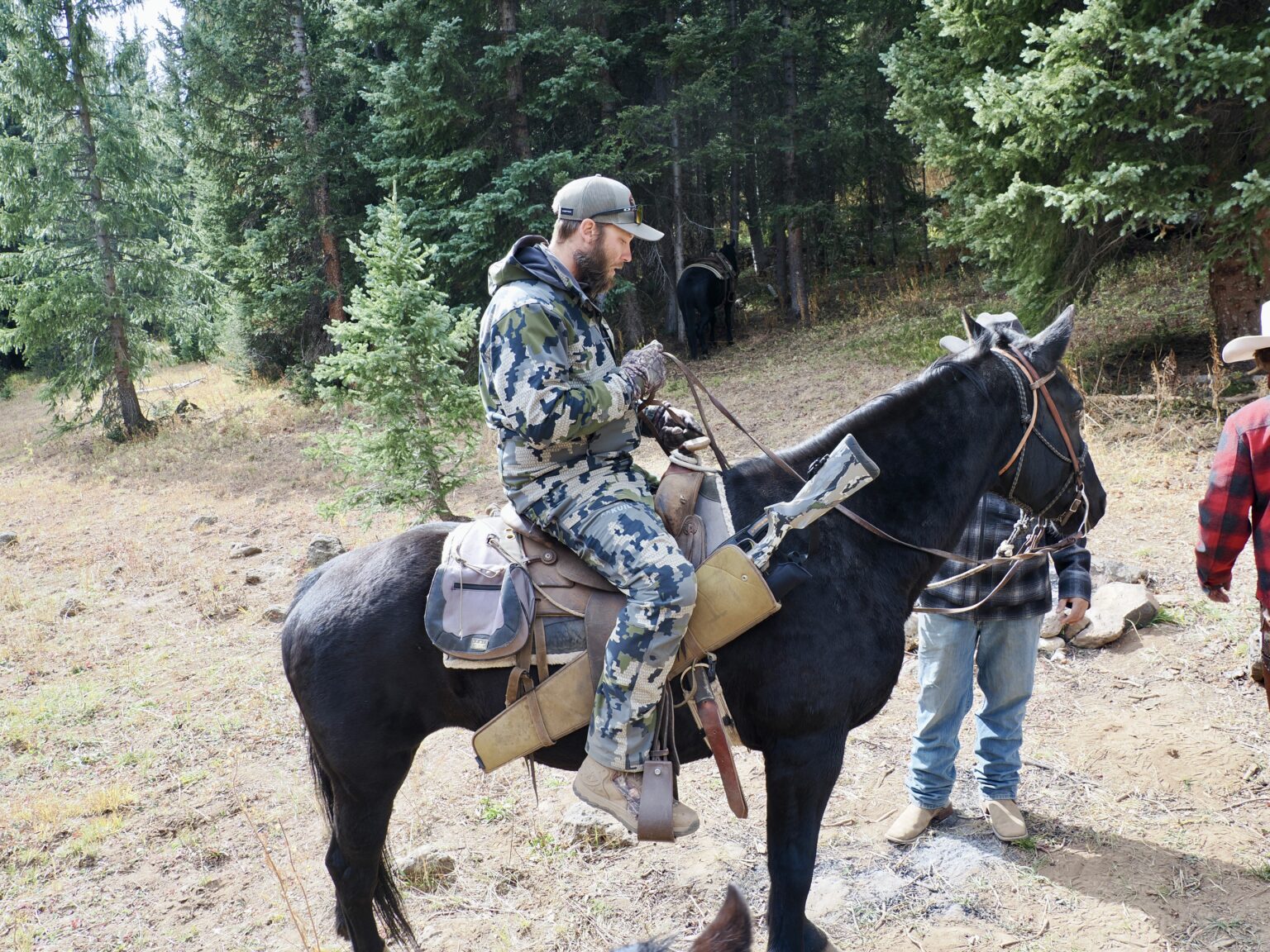
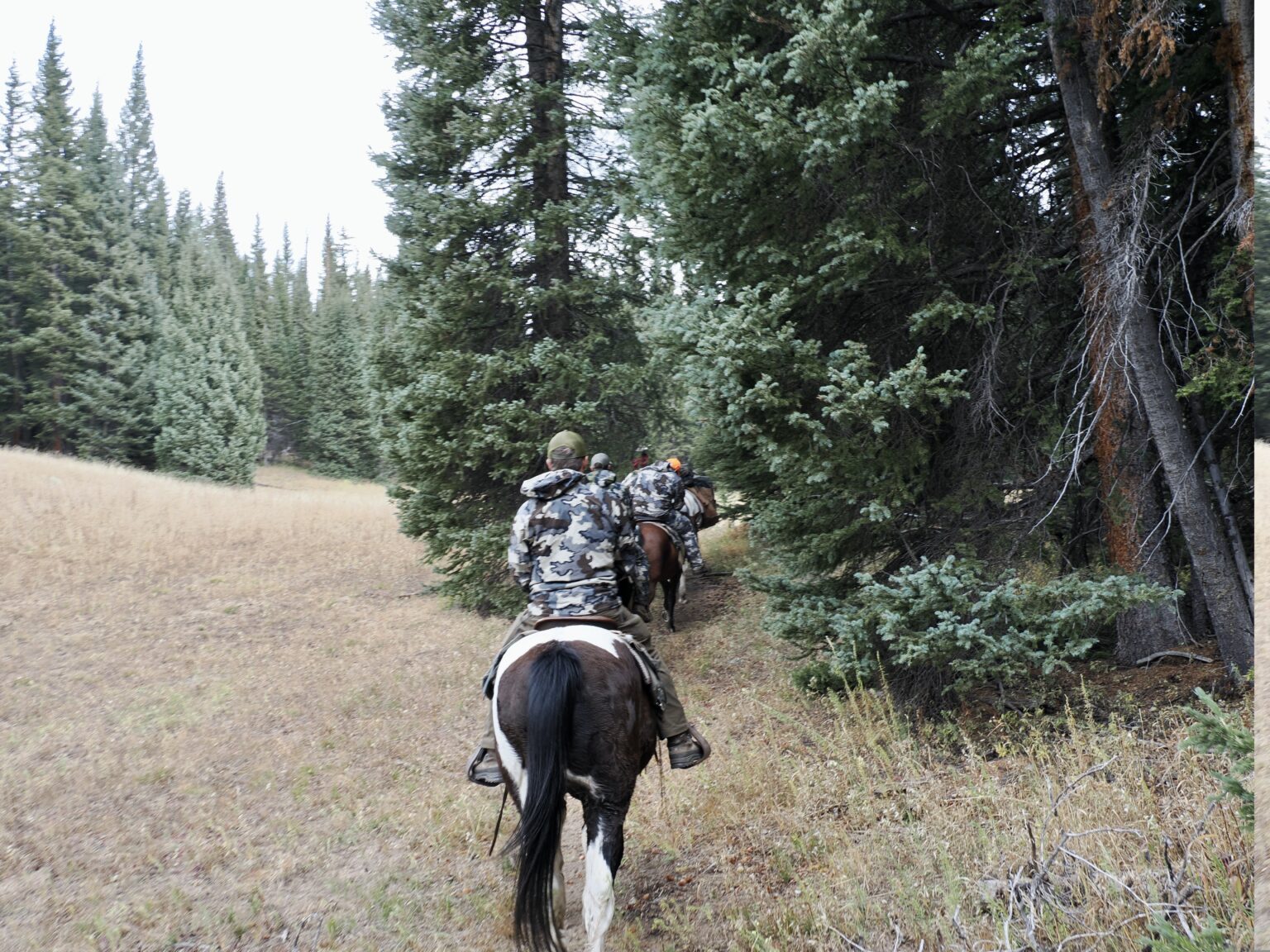
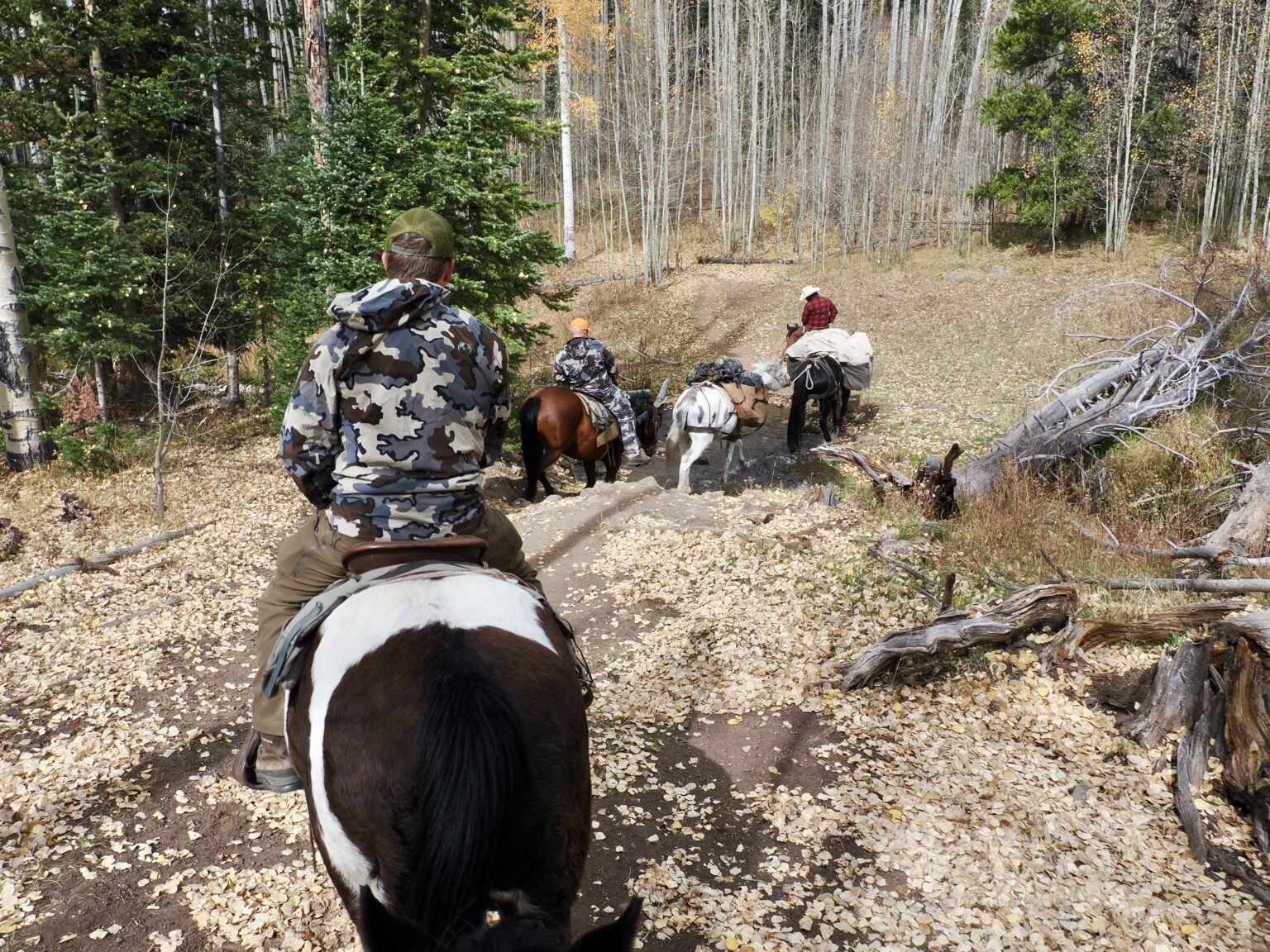

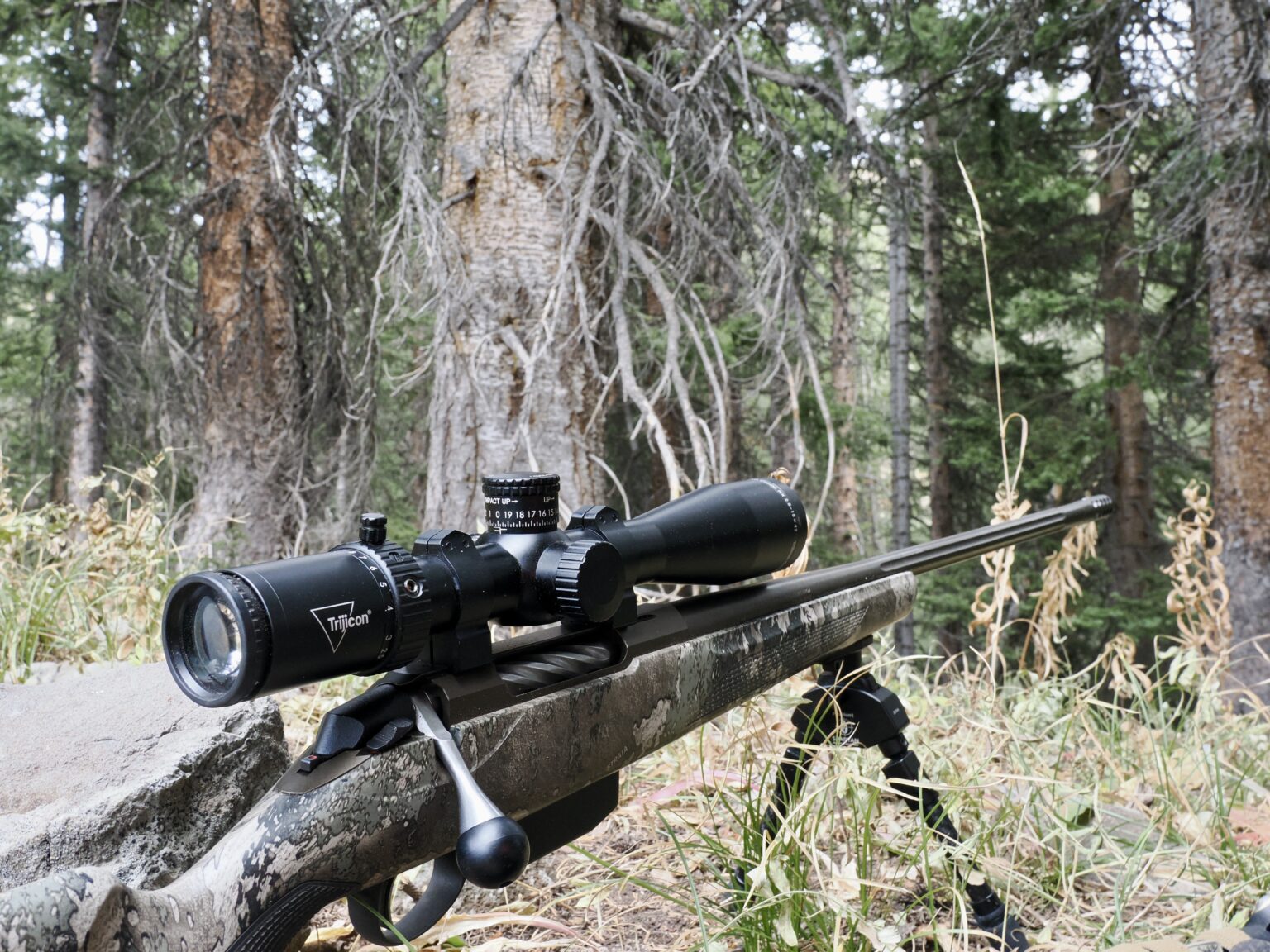
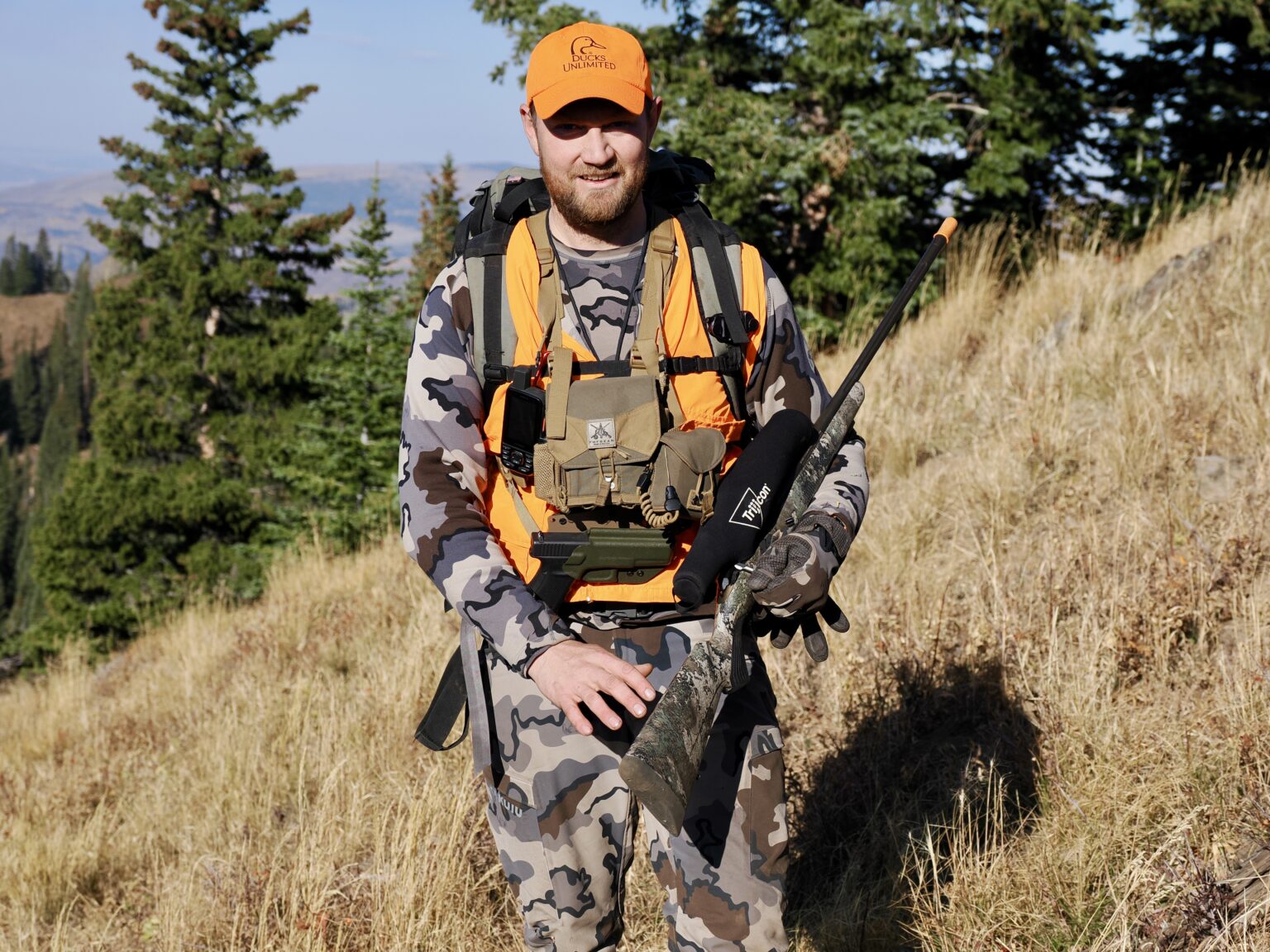

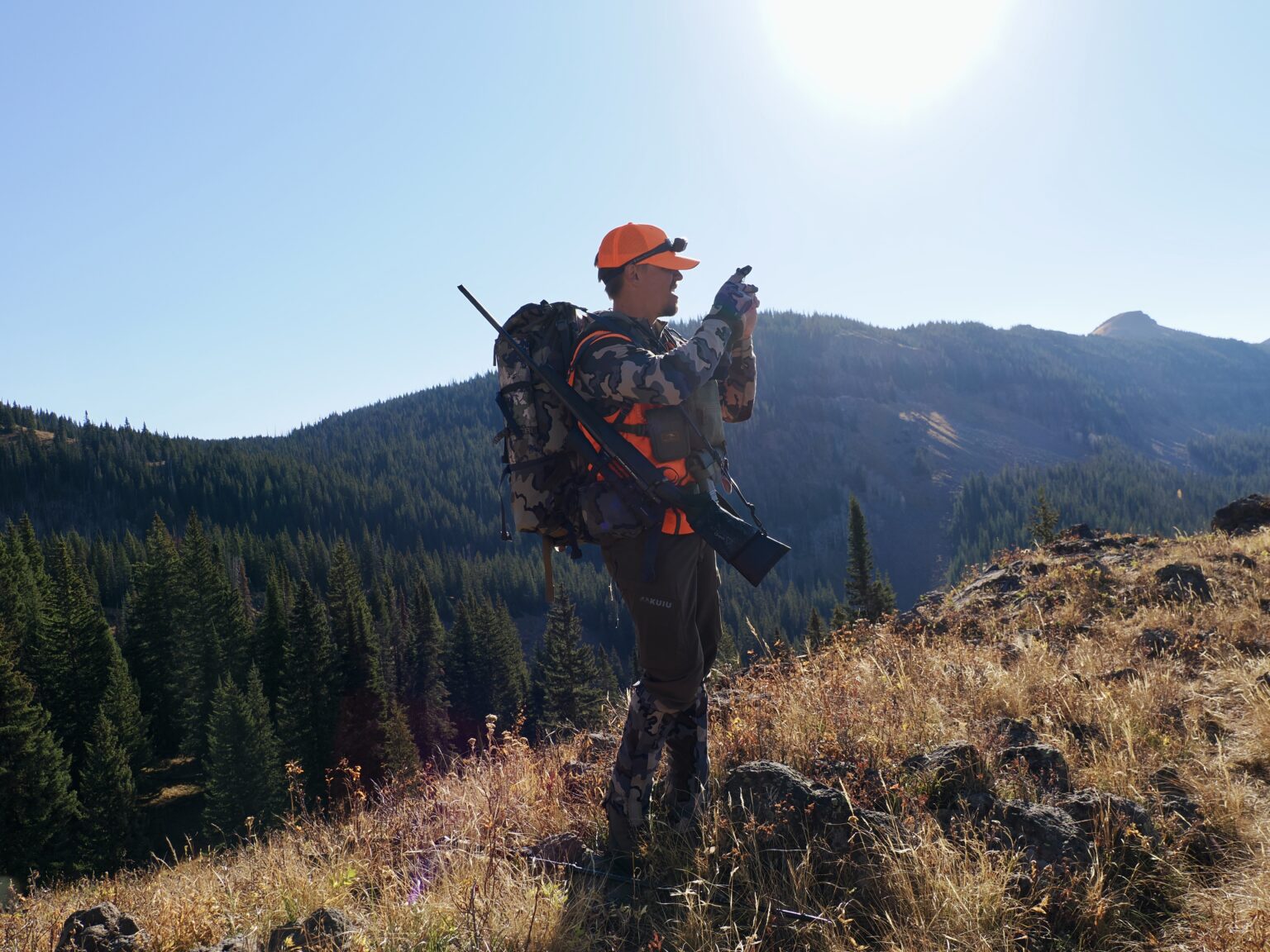
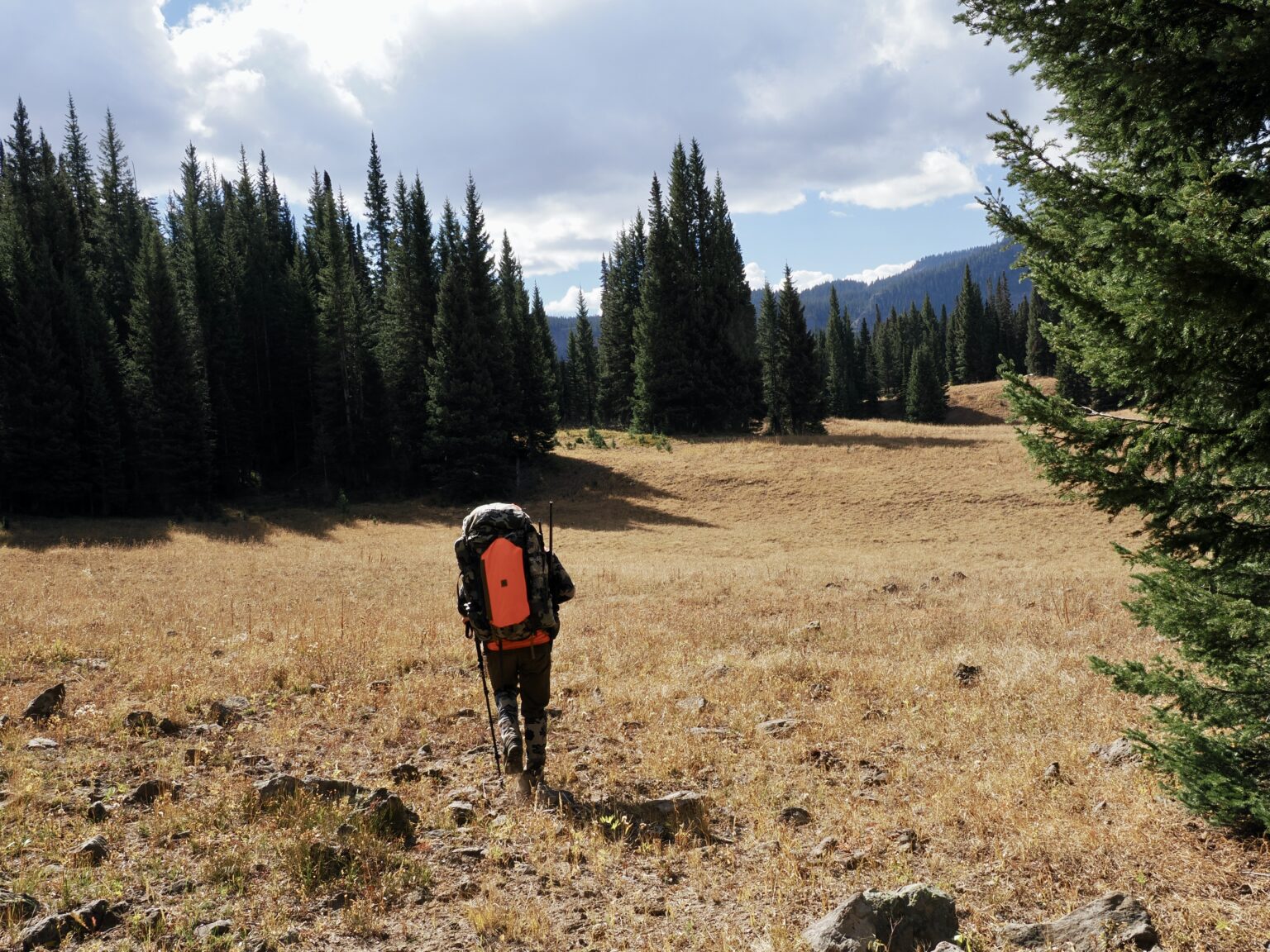
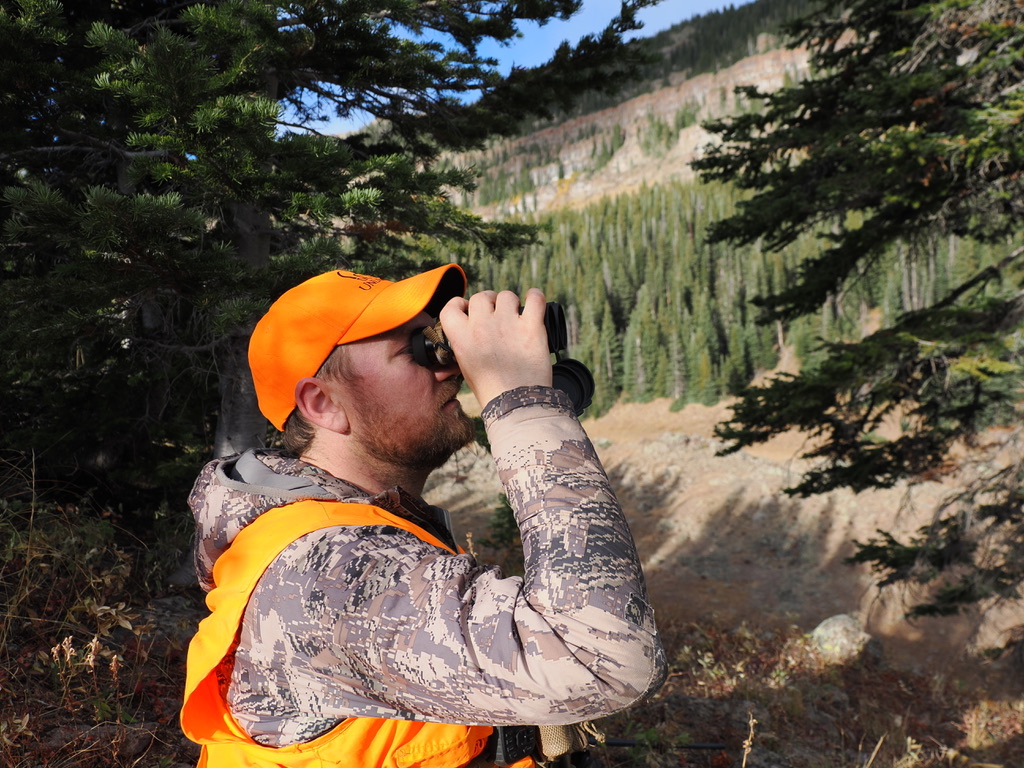
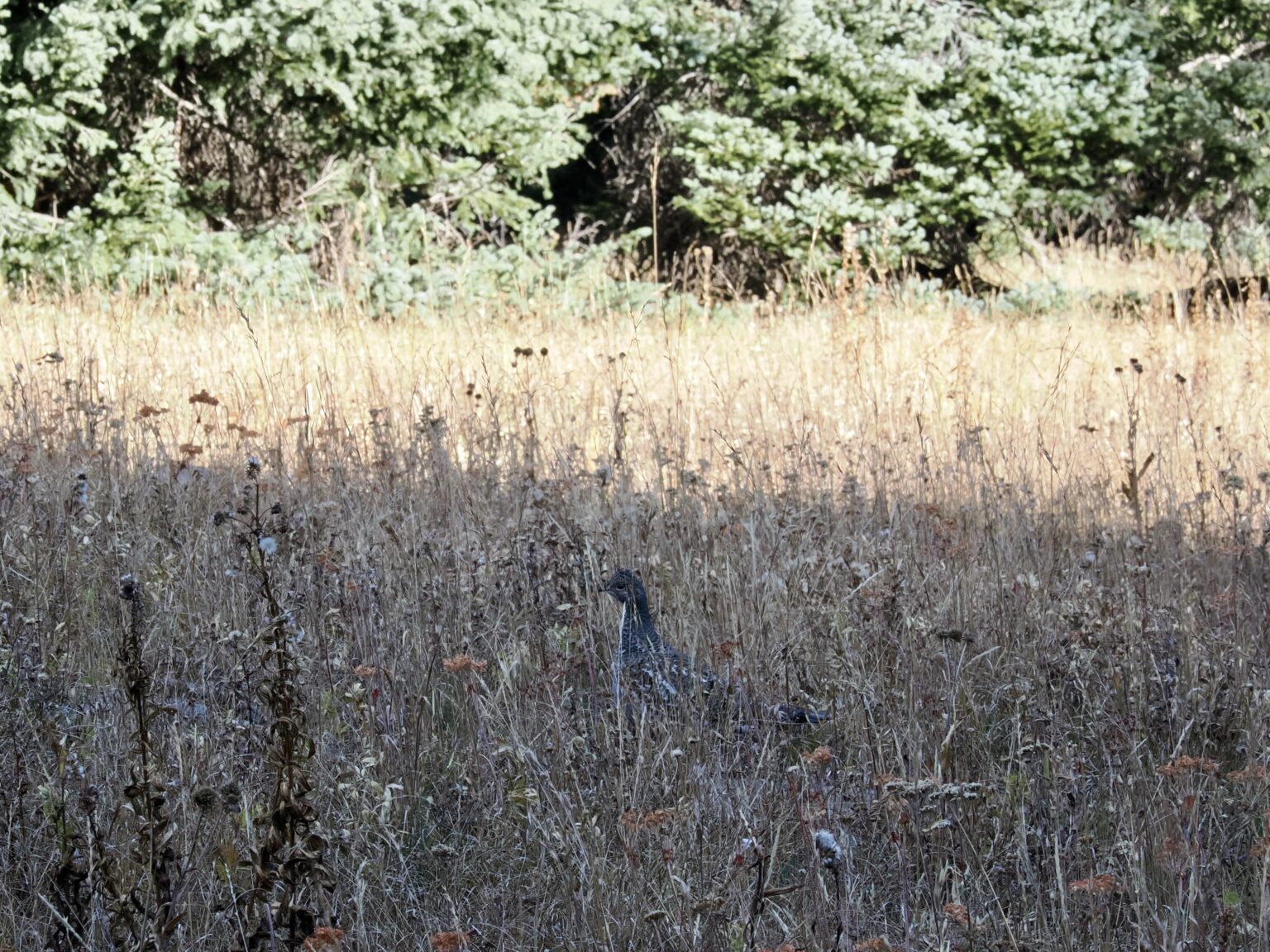
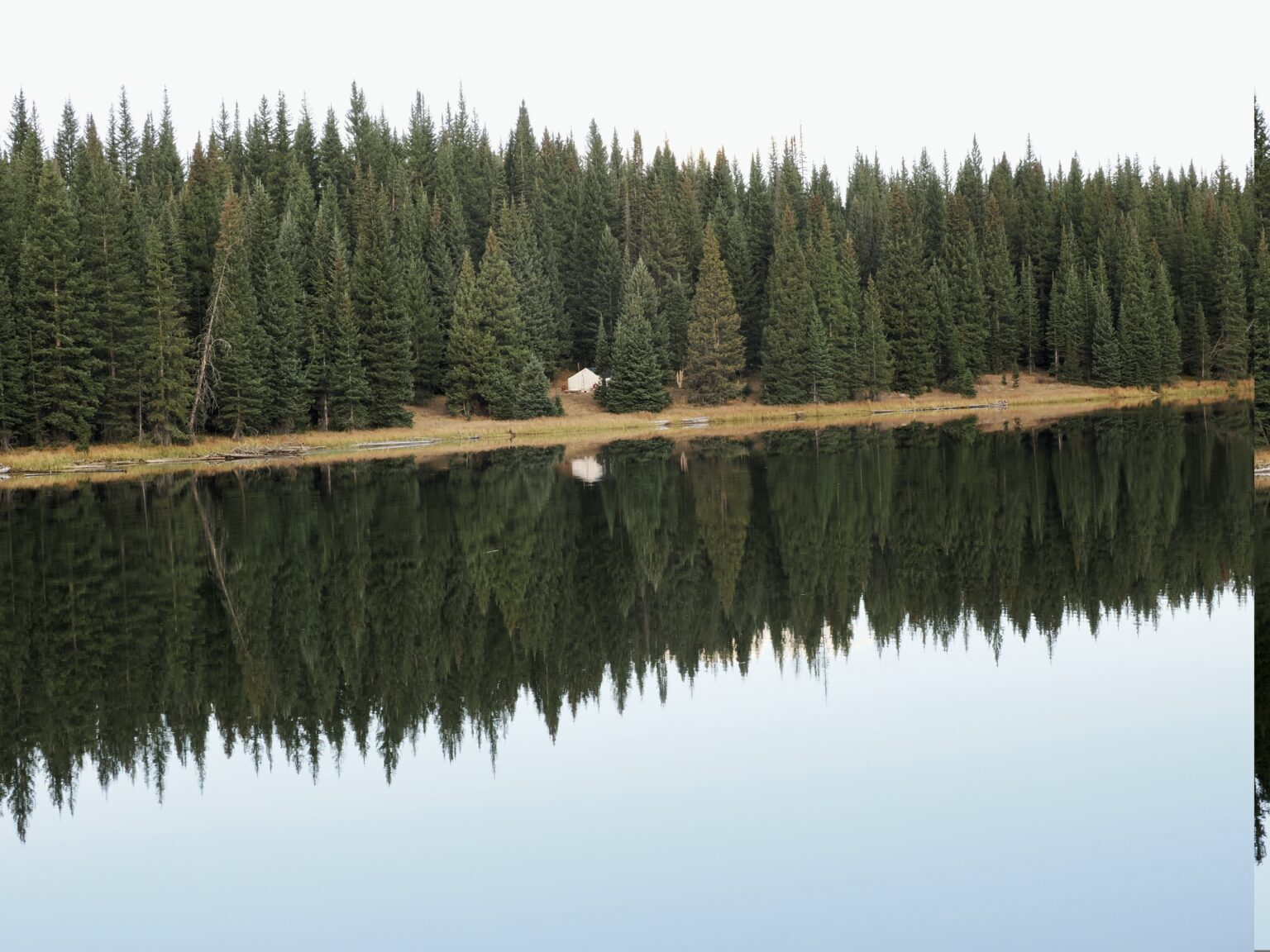
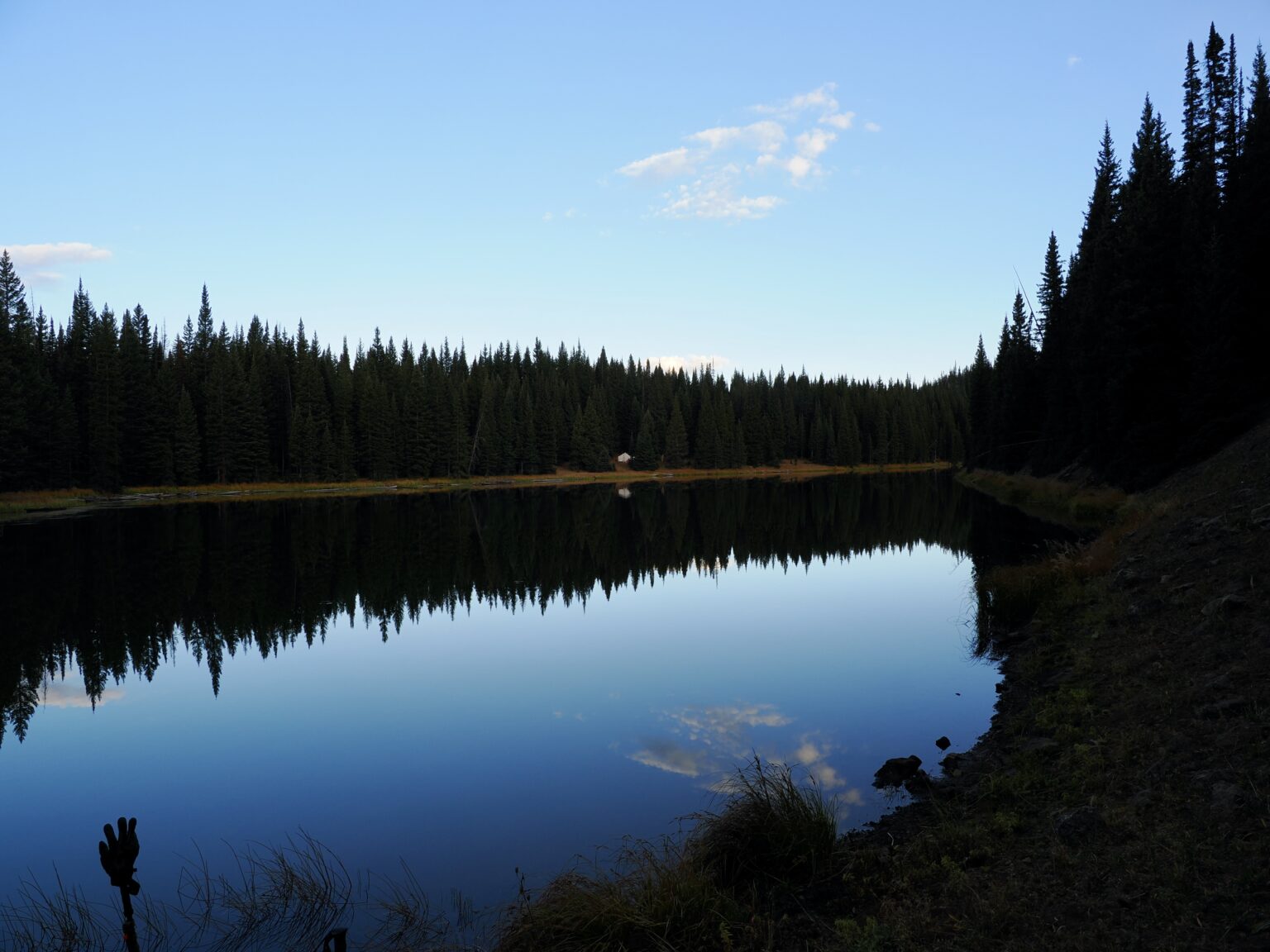
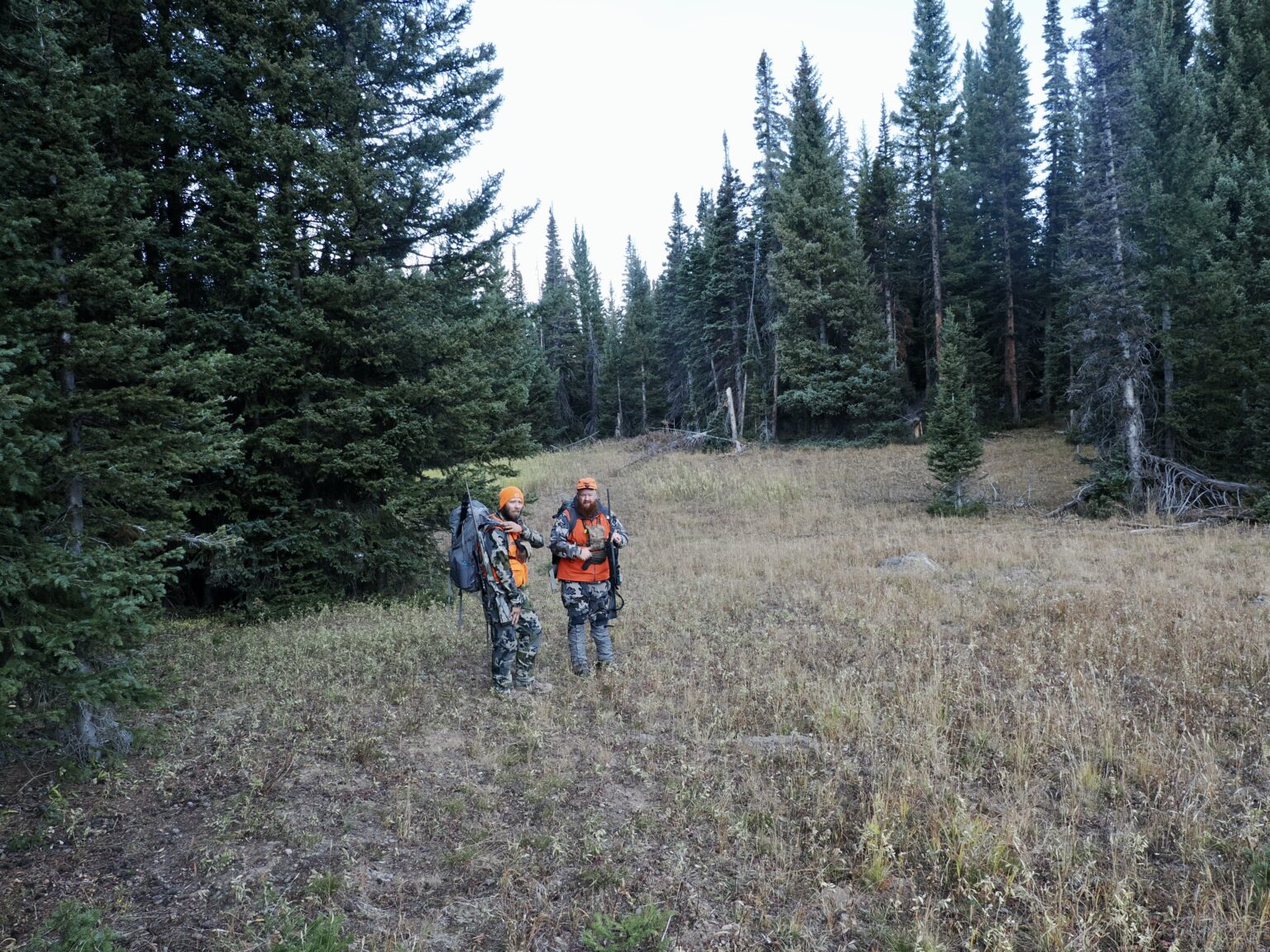
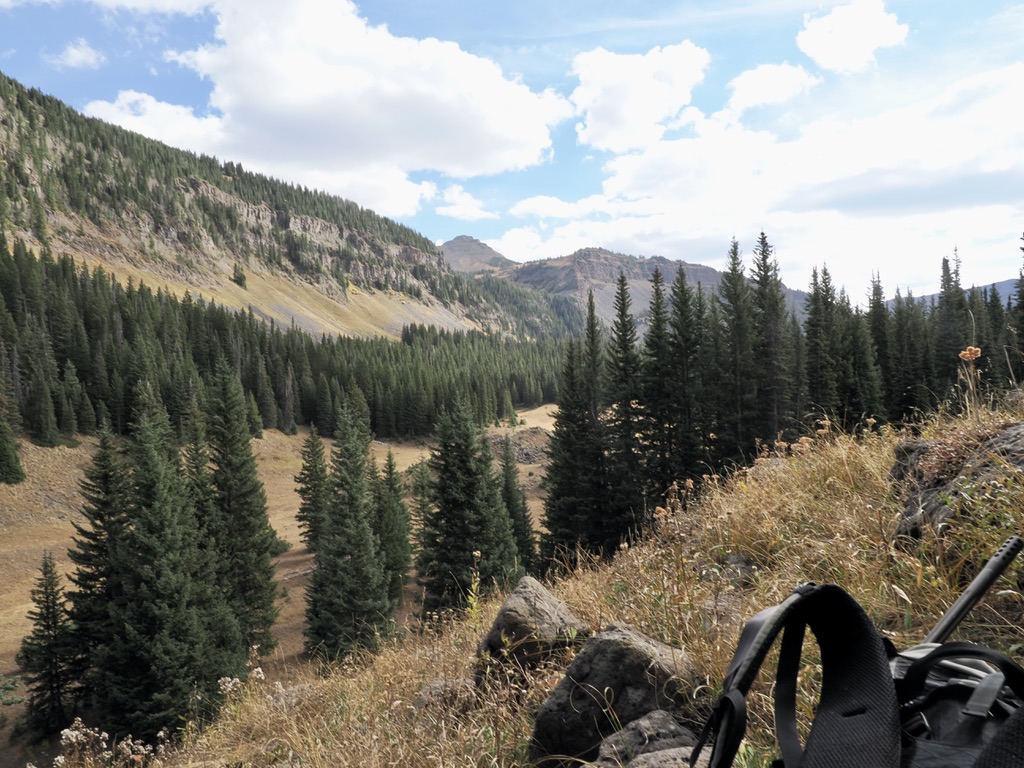
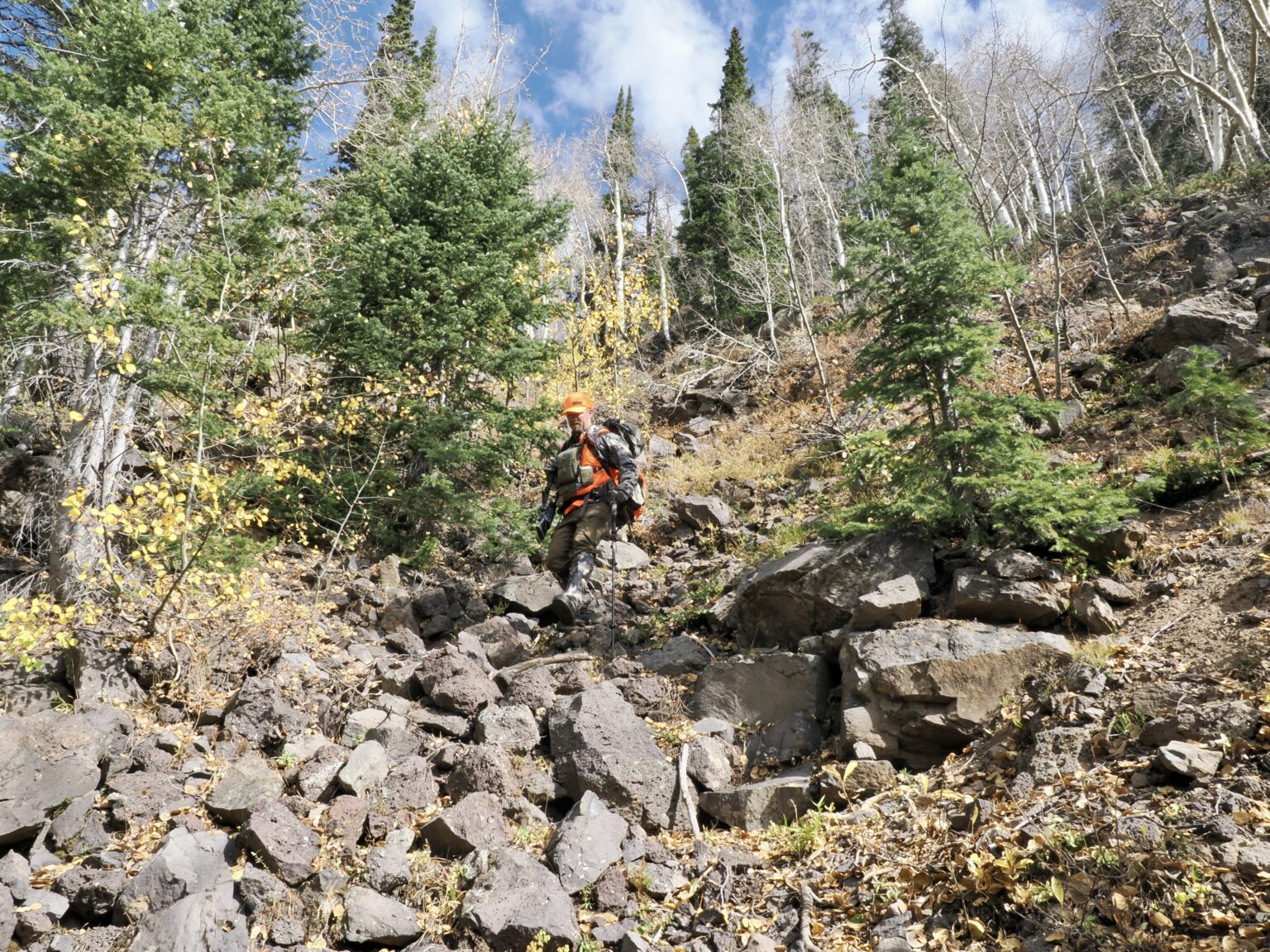
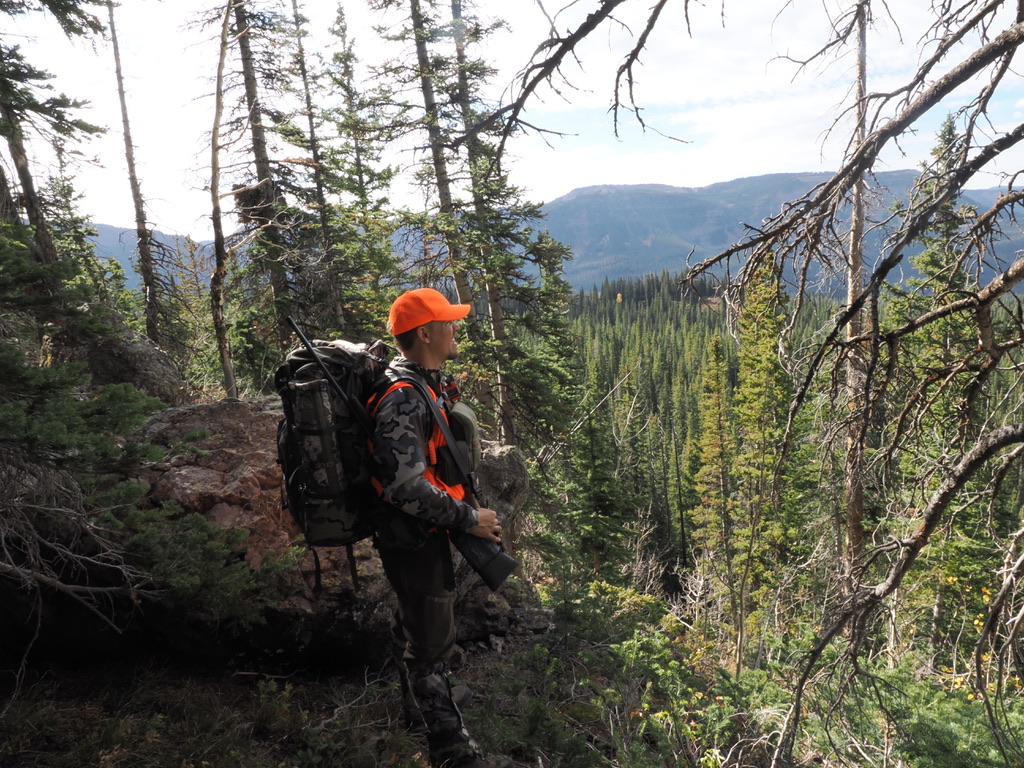
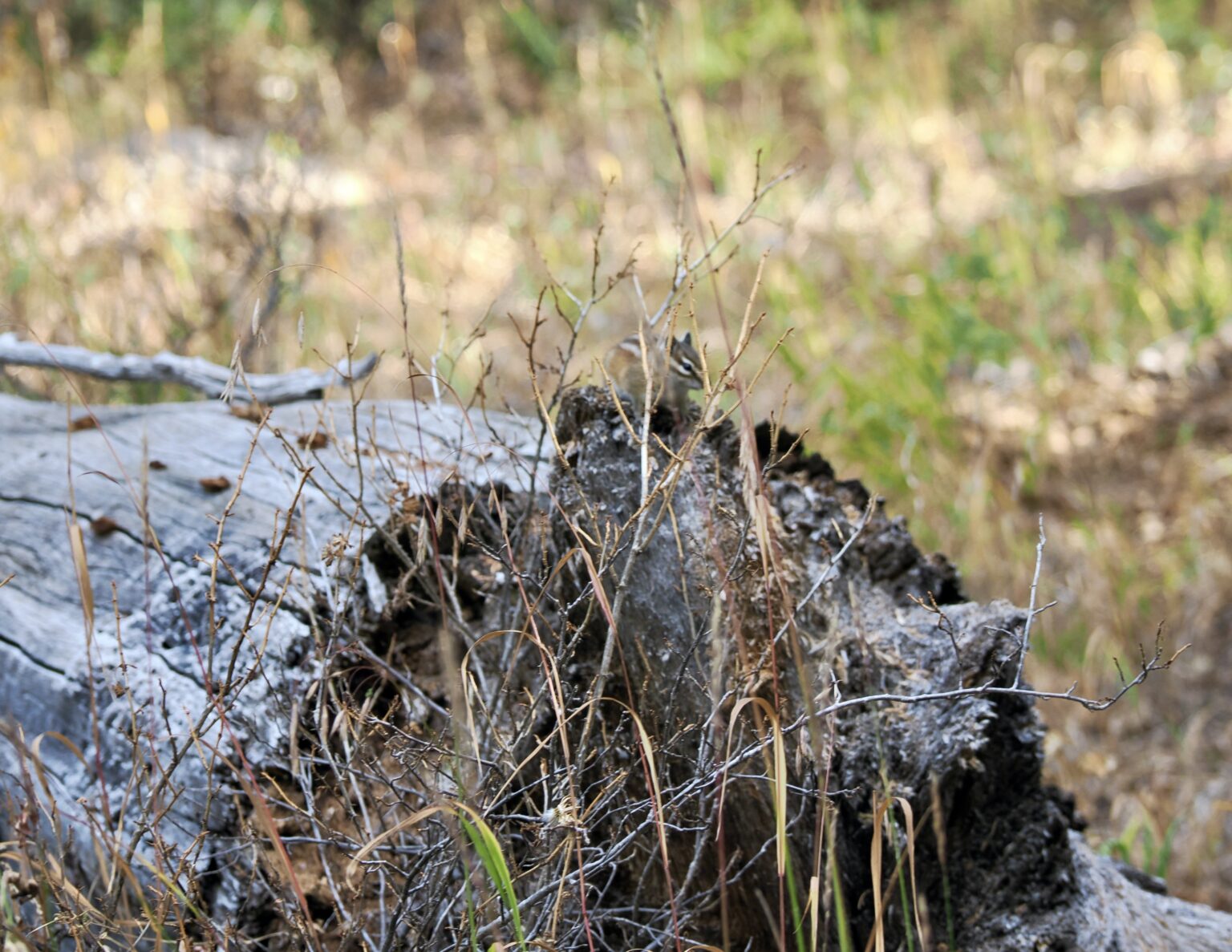
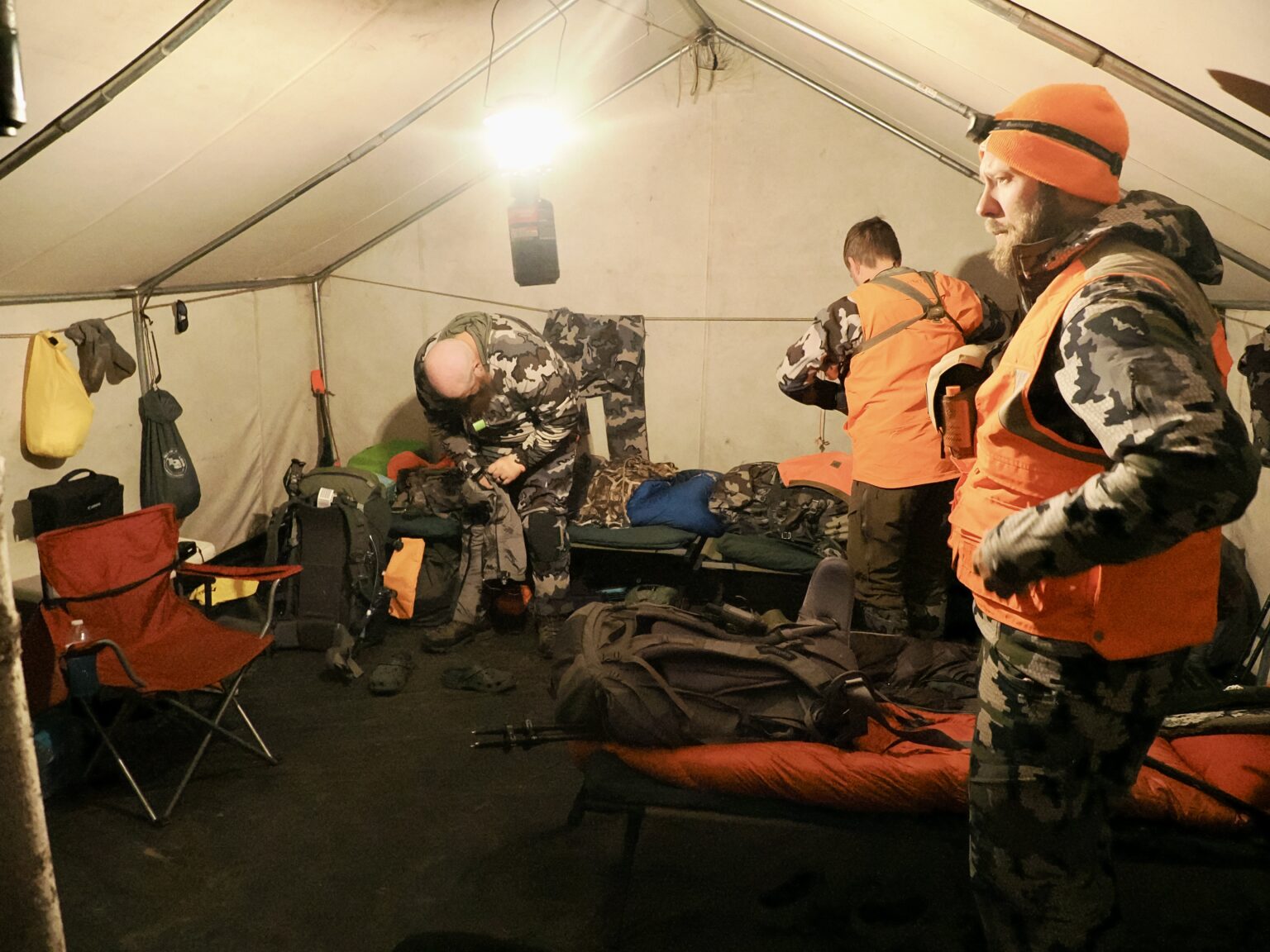
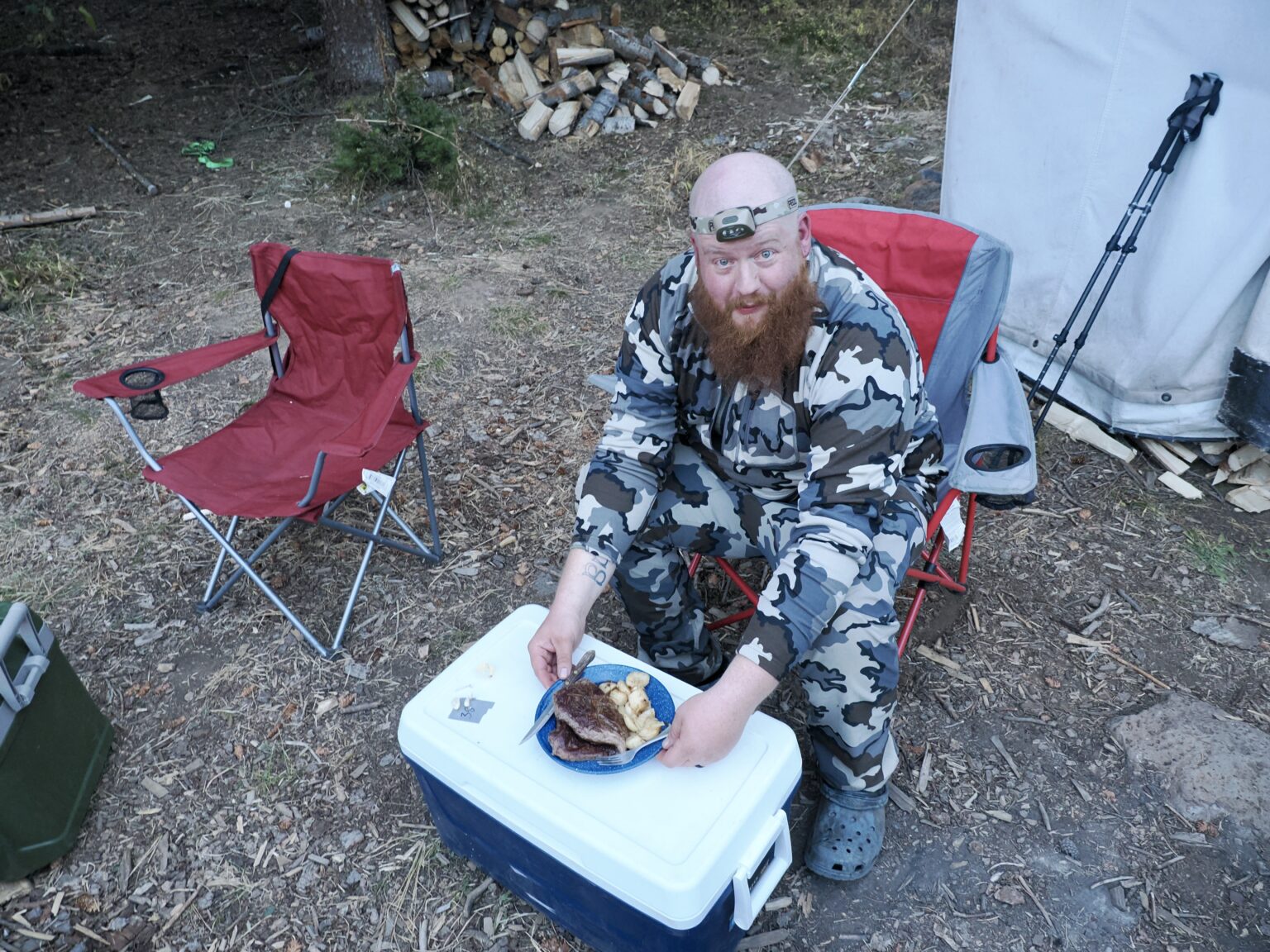

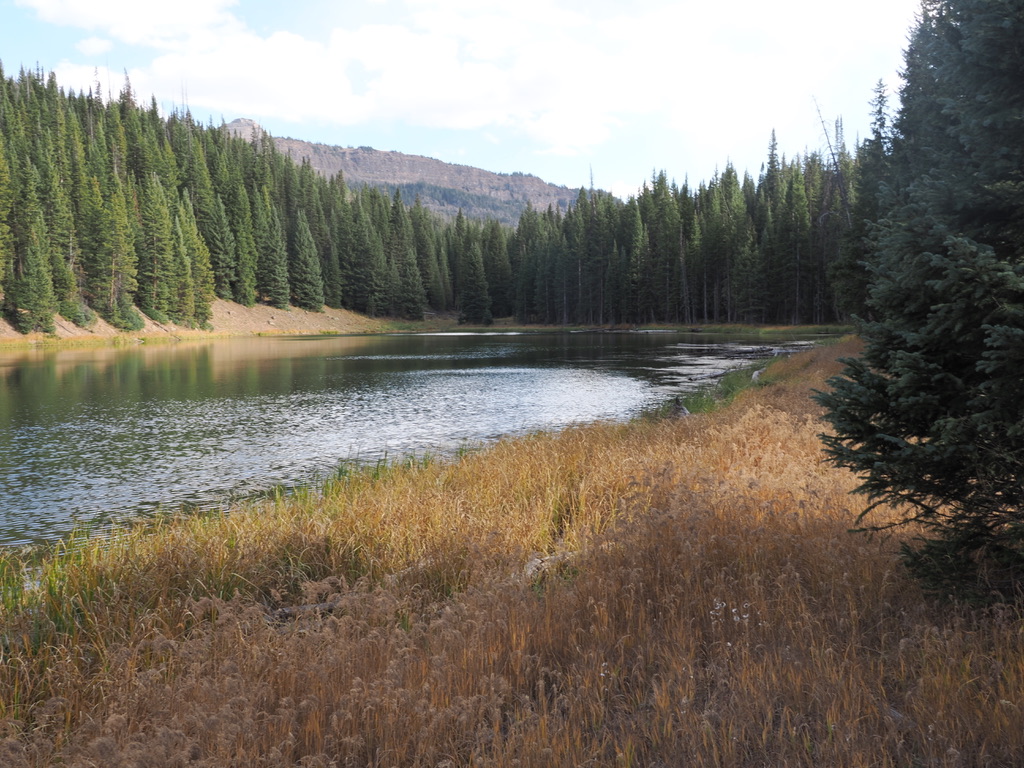
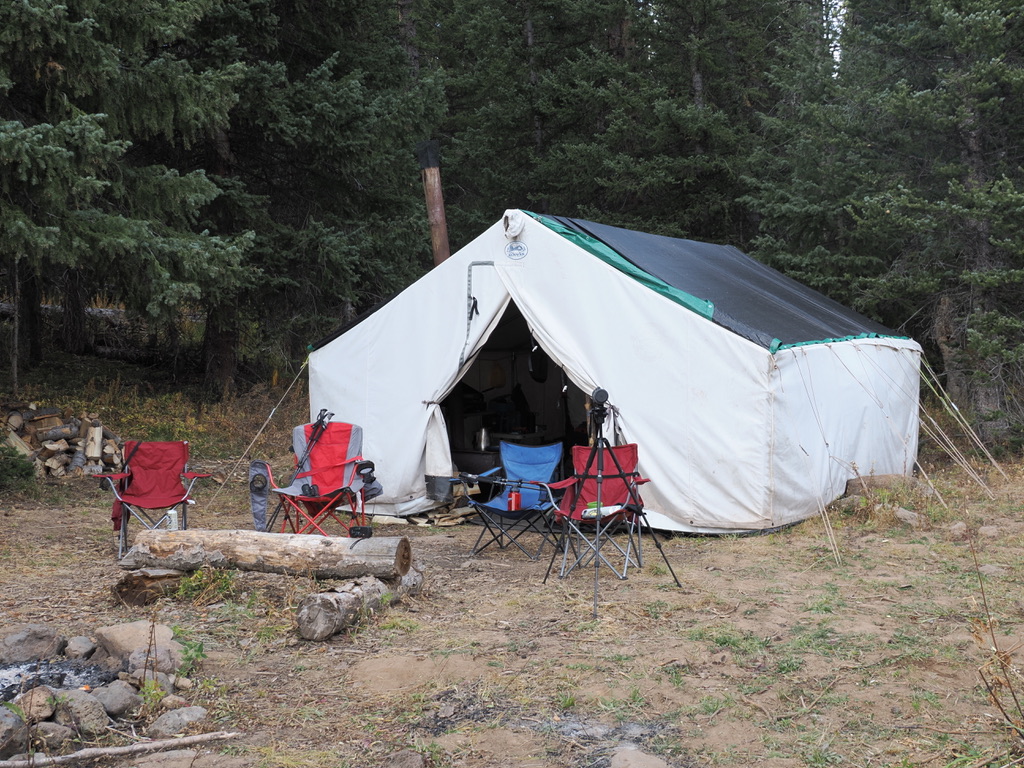
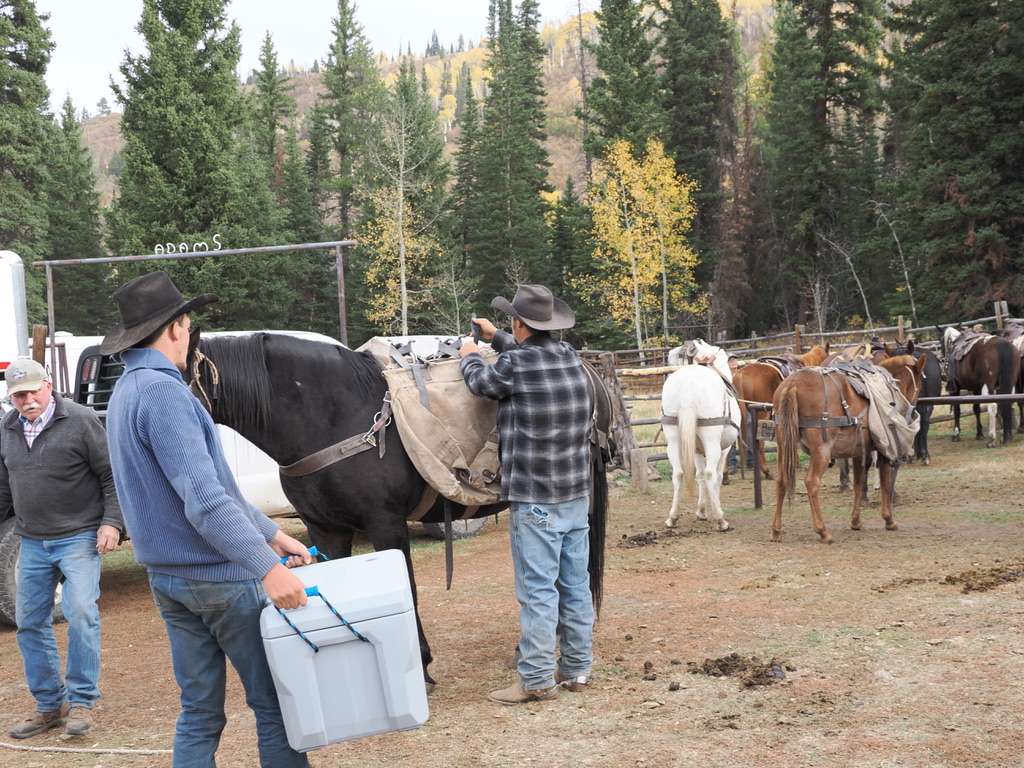
Looks like you guys had a blast! It’s been years since I’ve taken a hunting trip with my buddies and this is making me want to plan another. I’ve never hunted in Colorado before, but this is making me wonder if I should try it for my next hunt. Thanks so much for sharing!
Glad you enjoyed the story, Colorado has some incredibly beautiful and wild country. Looking forward to going back and hoping to find some success on the next trip.